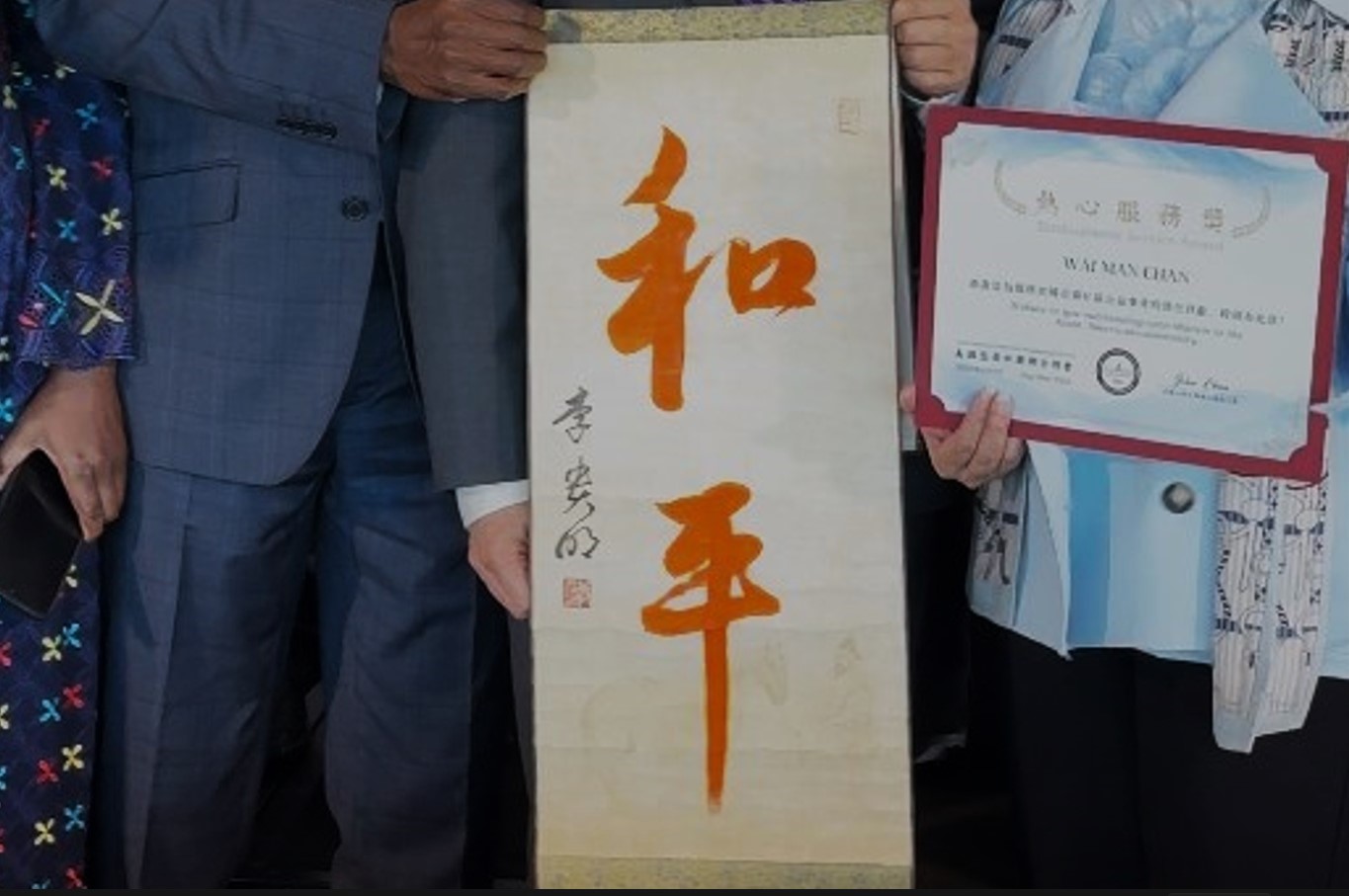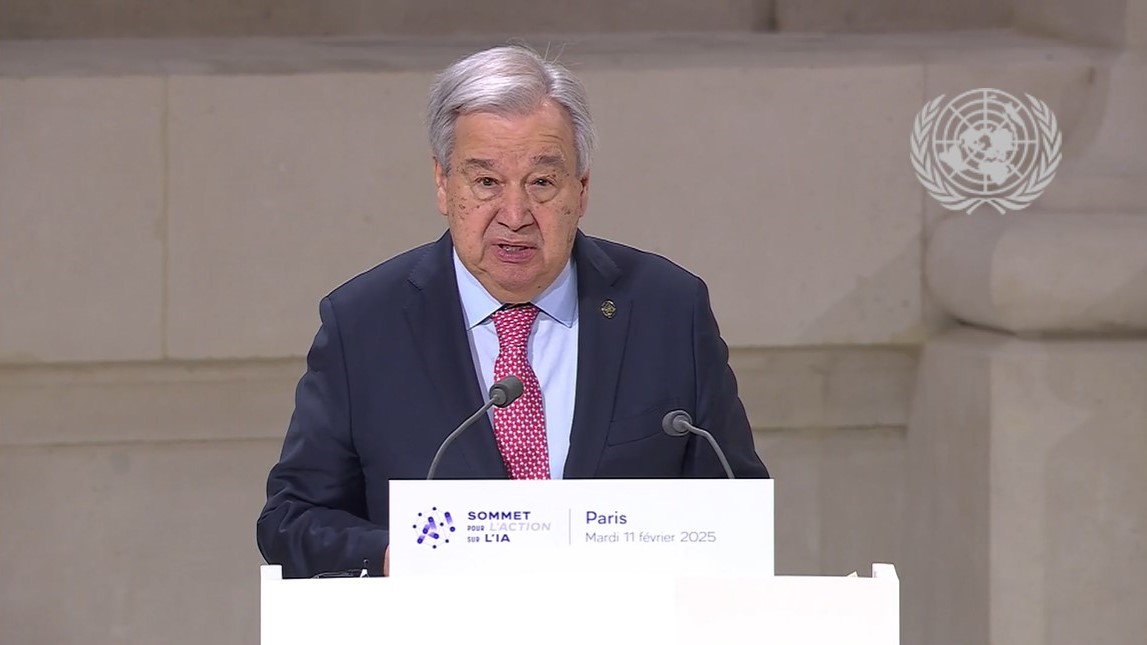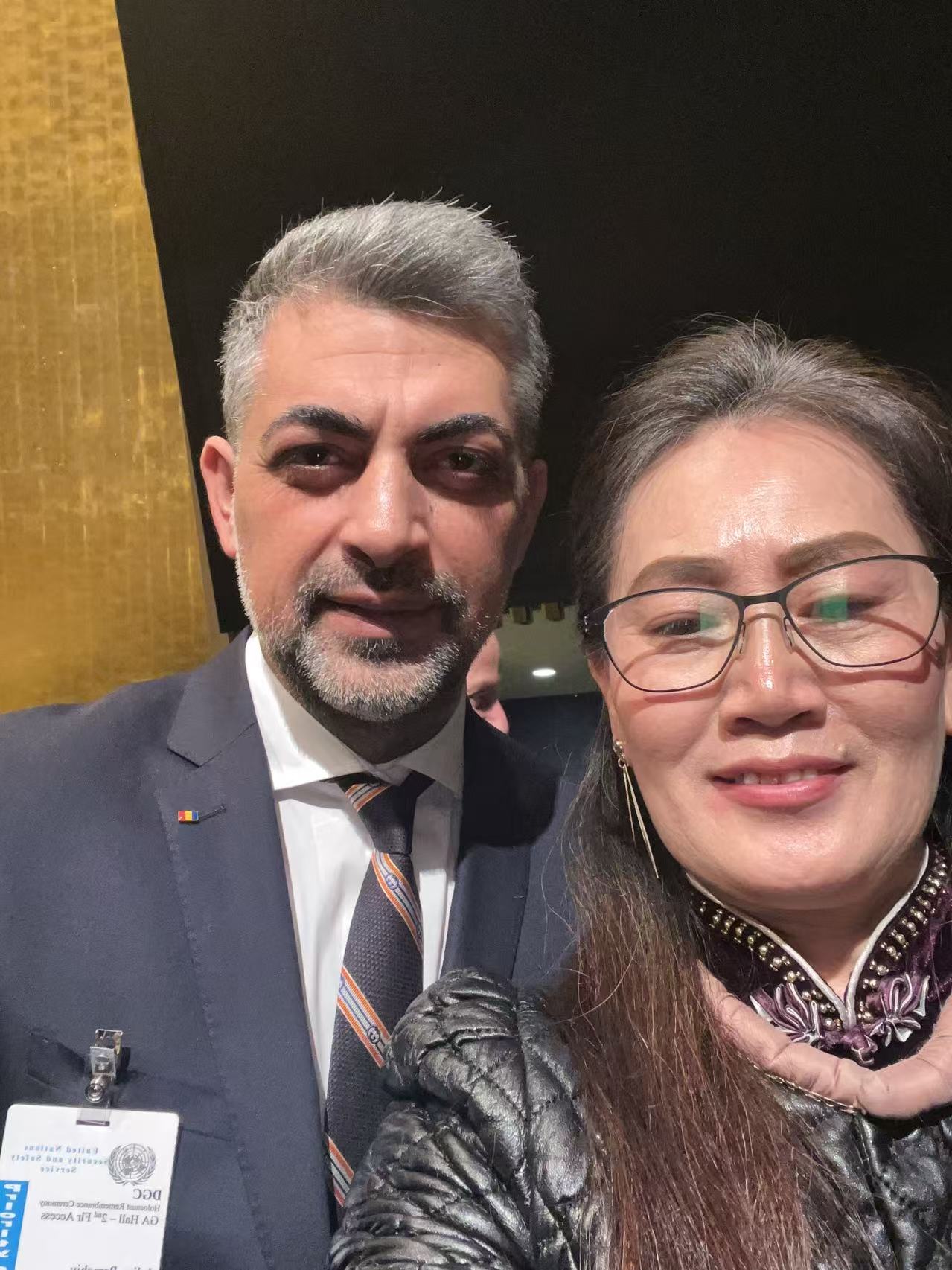Celebrity Media Editor's Note: Ten days ago, we received an invitation from the Alliance for Sustainable Urban Development to attend their half-day forum on Climate Action in Zero-Carbon Cities and the Built Environment, held on October 28 at the United Nations Headquarters.
In response, we have invited two Christian entrepreneurs to participate in the forum and tour the UN Headquarters. One is the accomplished and renowned urban landscape designer and painter Zhang Li (Zhang Lijun), who recently returned from China, and the other is Mr. Hong Weimin, the well-known founder of "Yipin Chengdu Sichuan Restaurant," who has made a name for himself after five to six years in the restaurant industry.
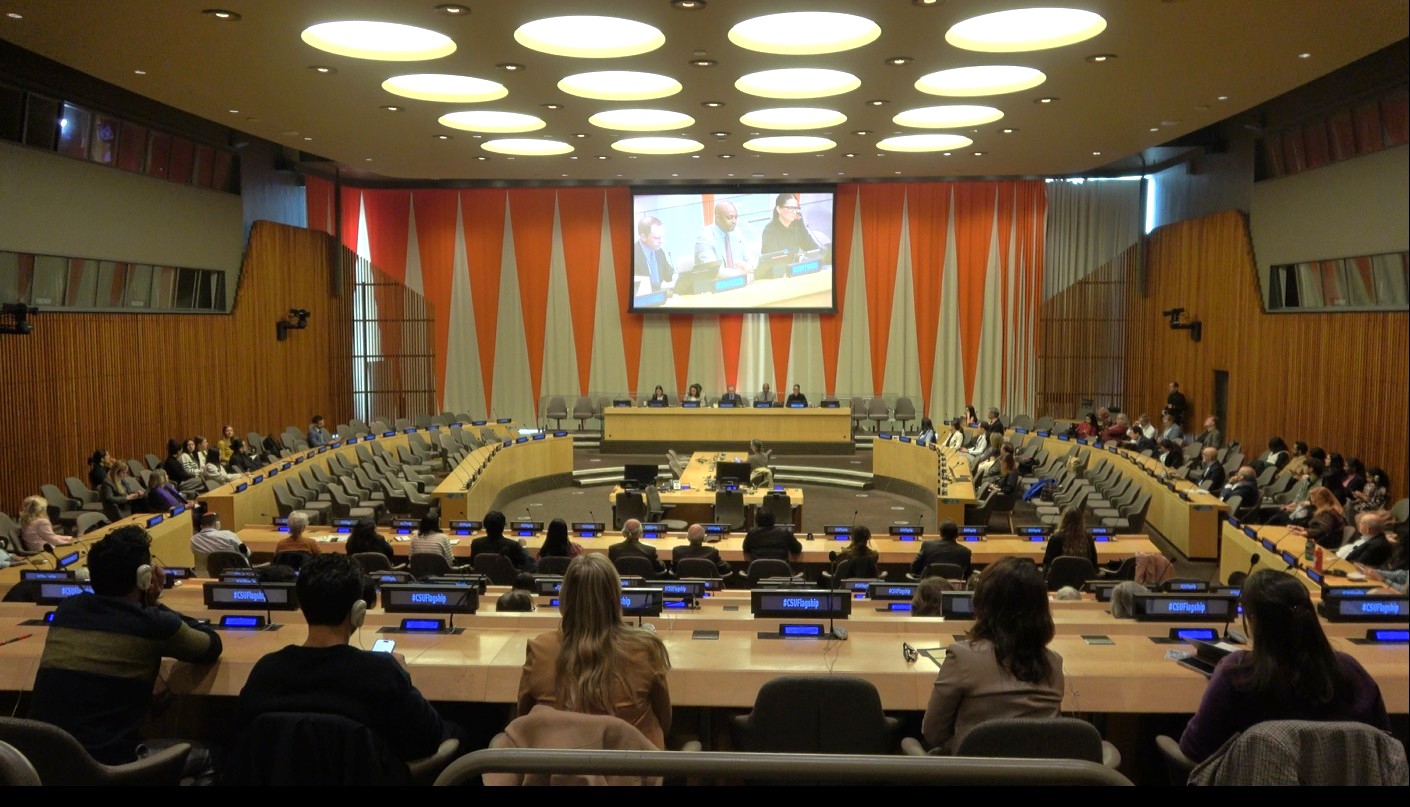
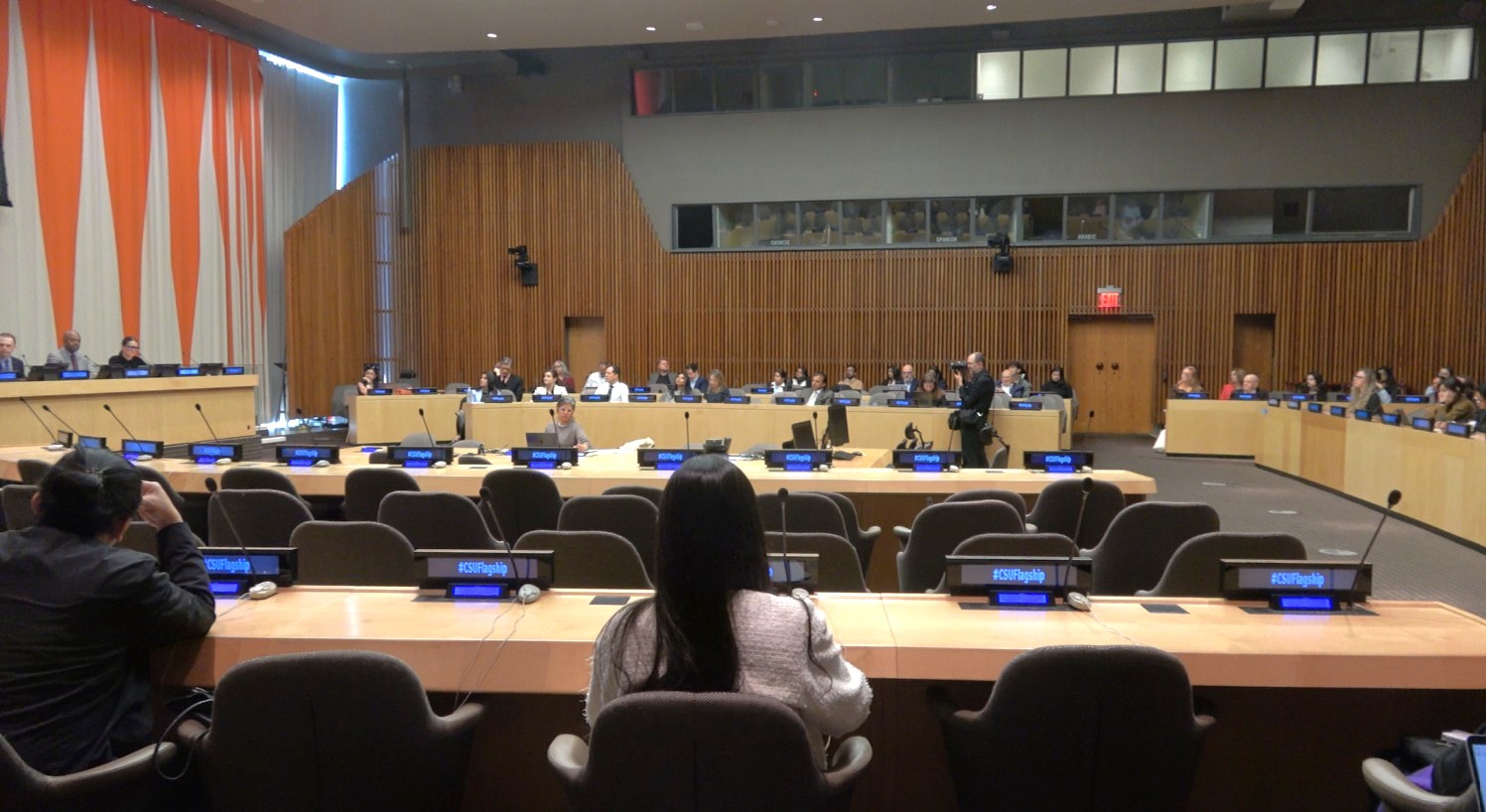
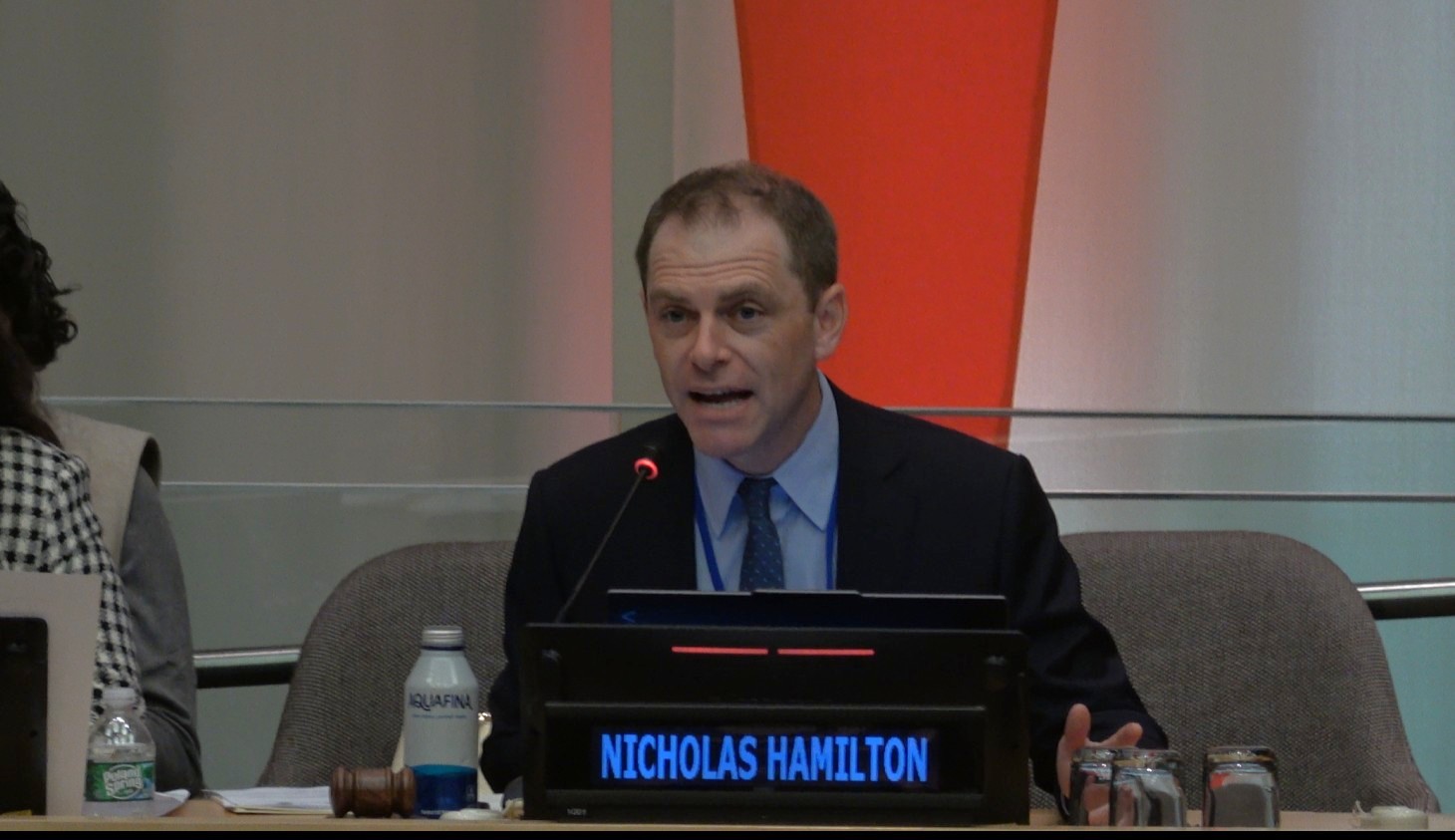
New York, October 28, 2024 – On this day, pioneers in global urban and climate action gathered at the United Nations Headquarters in New York to spark bold visions for the future of "zero-carbon cities." During the half-day conference, experts, policymakers, and innovators from around the world came together to explore how cutting-edge technology and traditional wisdom can merge to provide powerful tools for addressing the climate crisis. The event was co-hosted by the Alliance for Sustainable Urbanization and the American Institute of Architects New York Chapter (AIANY). AIANY, as an official co-sponsor, supported this visionary exchange with its industry-leading resources and network.
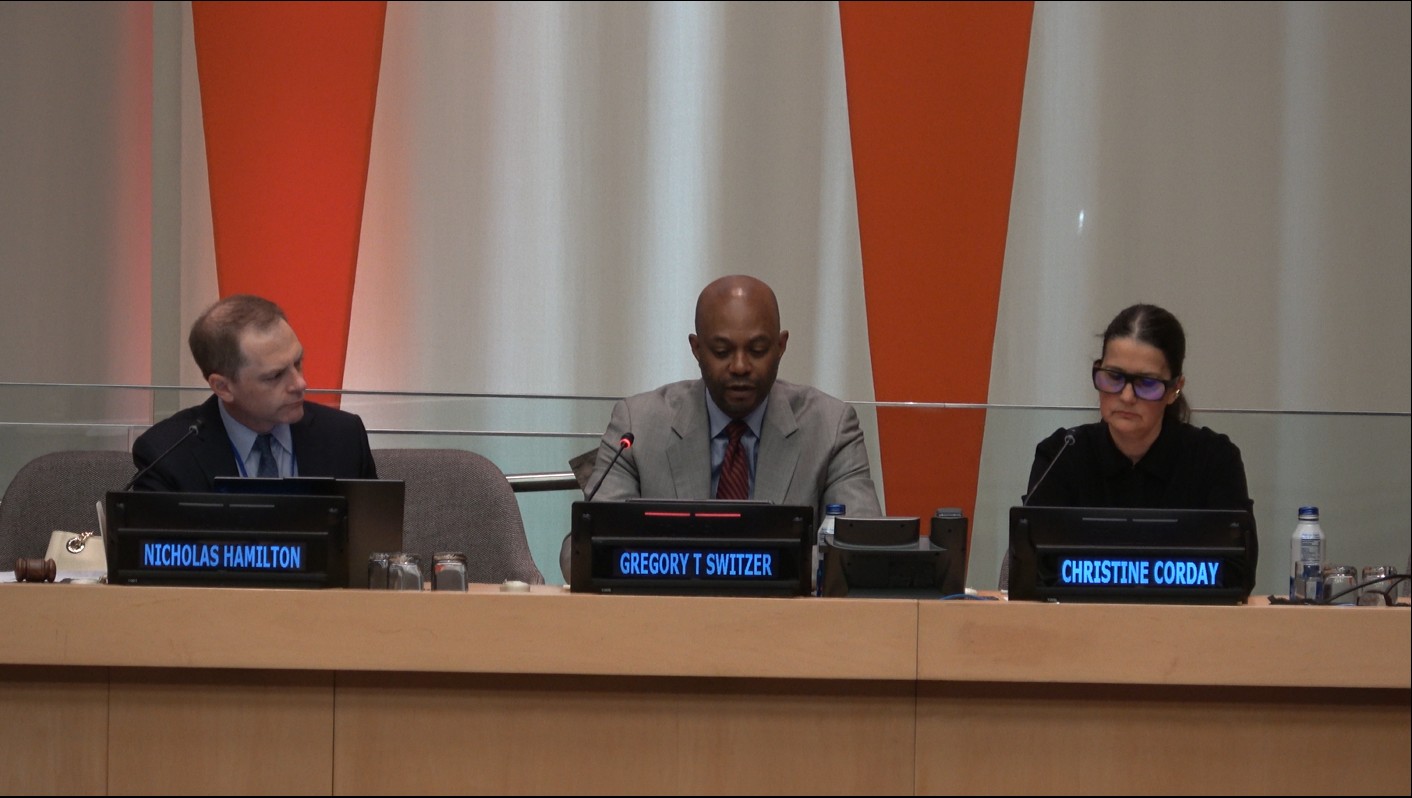
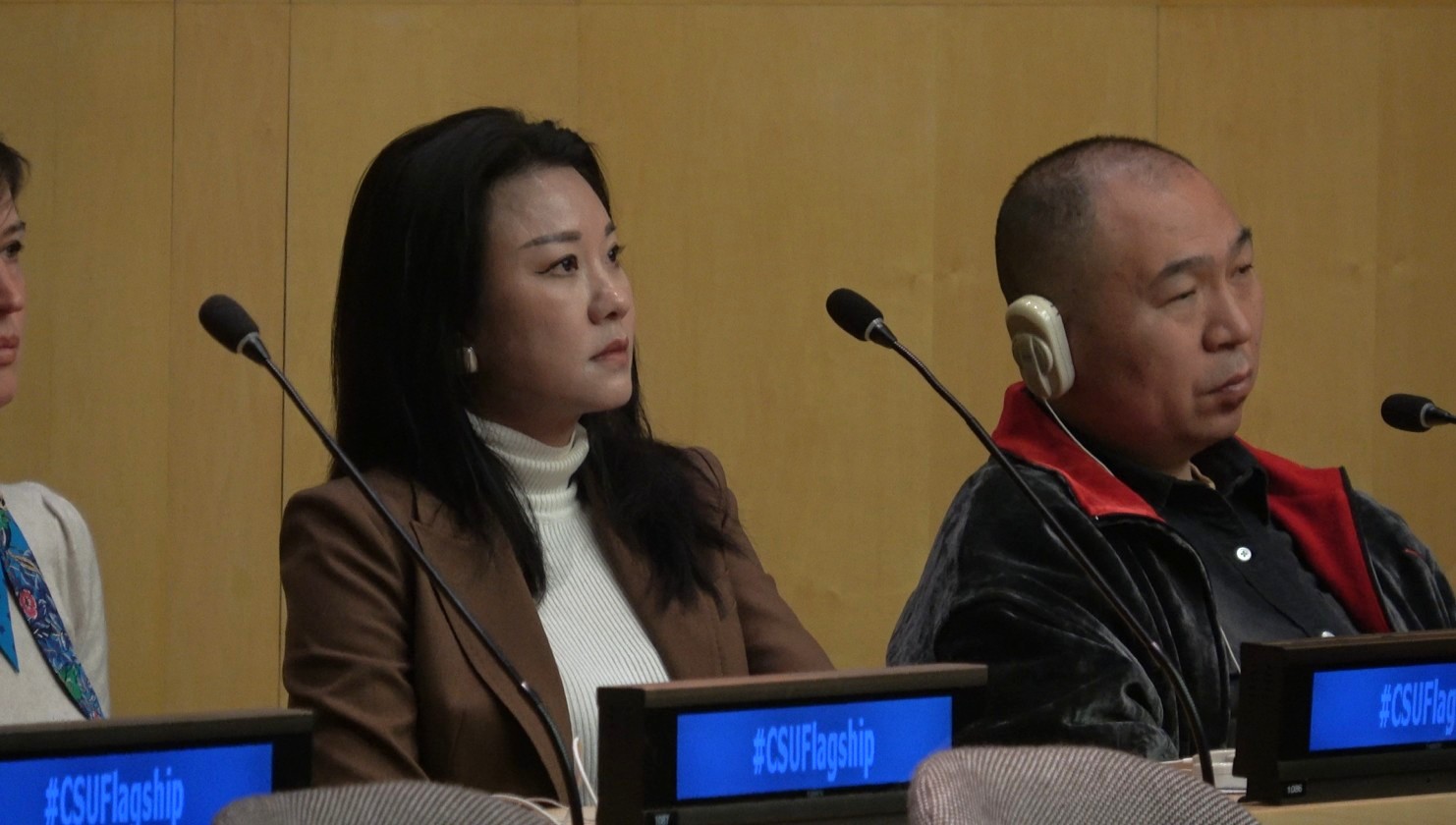
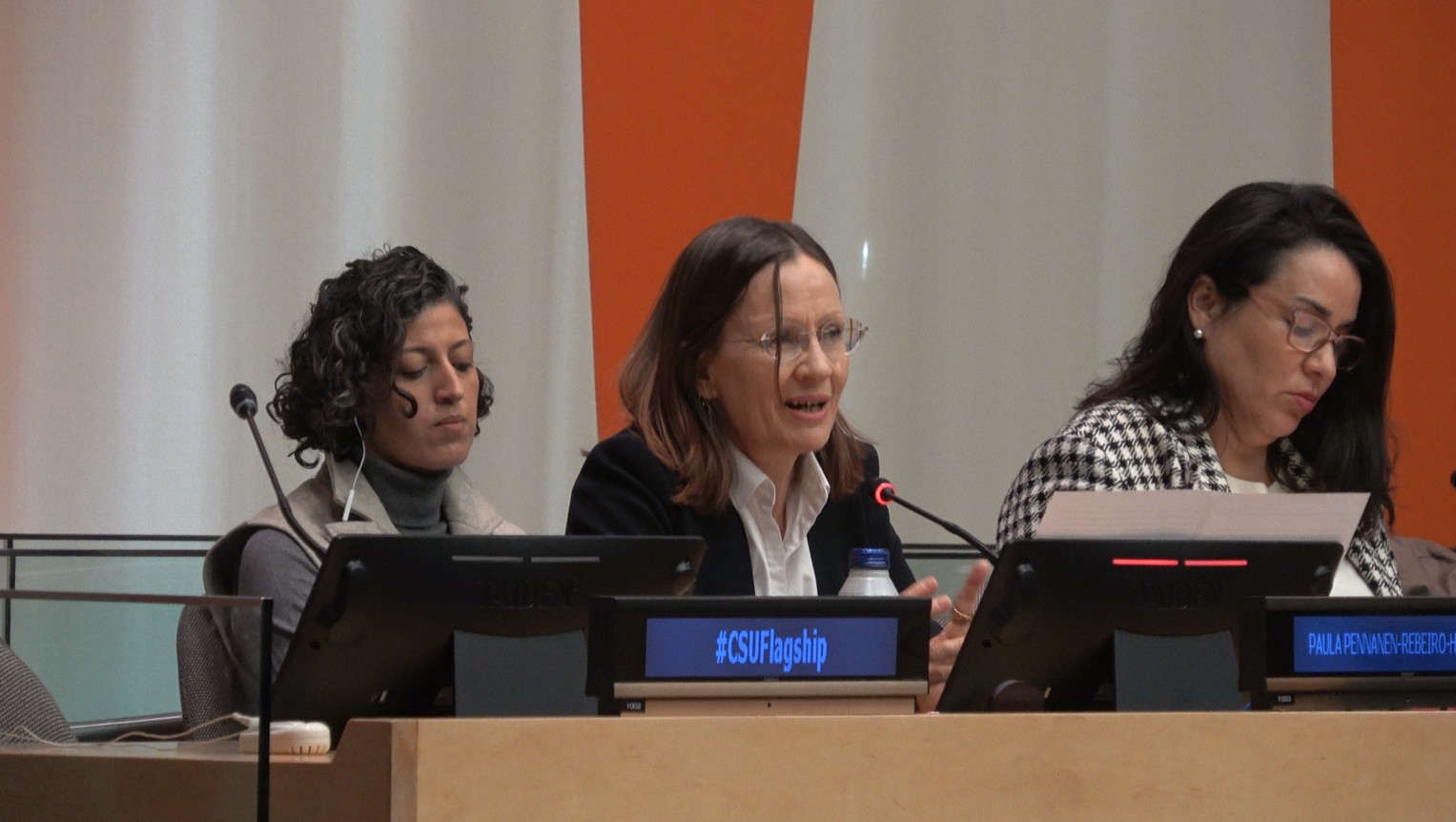
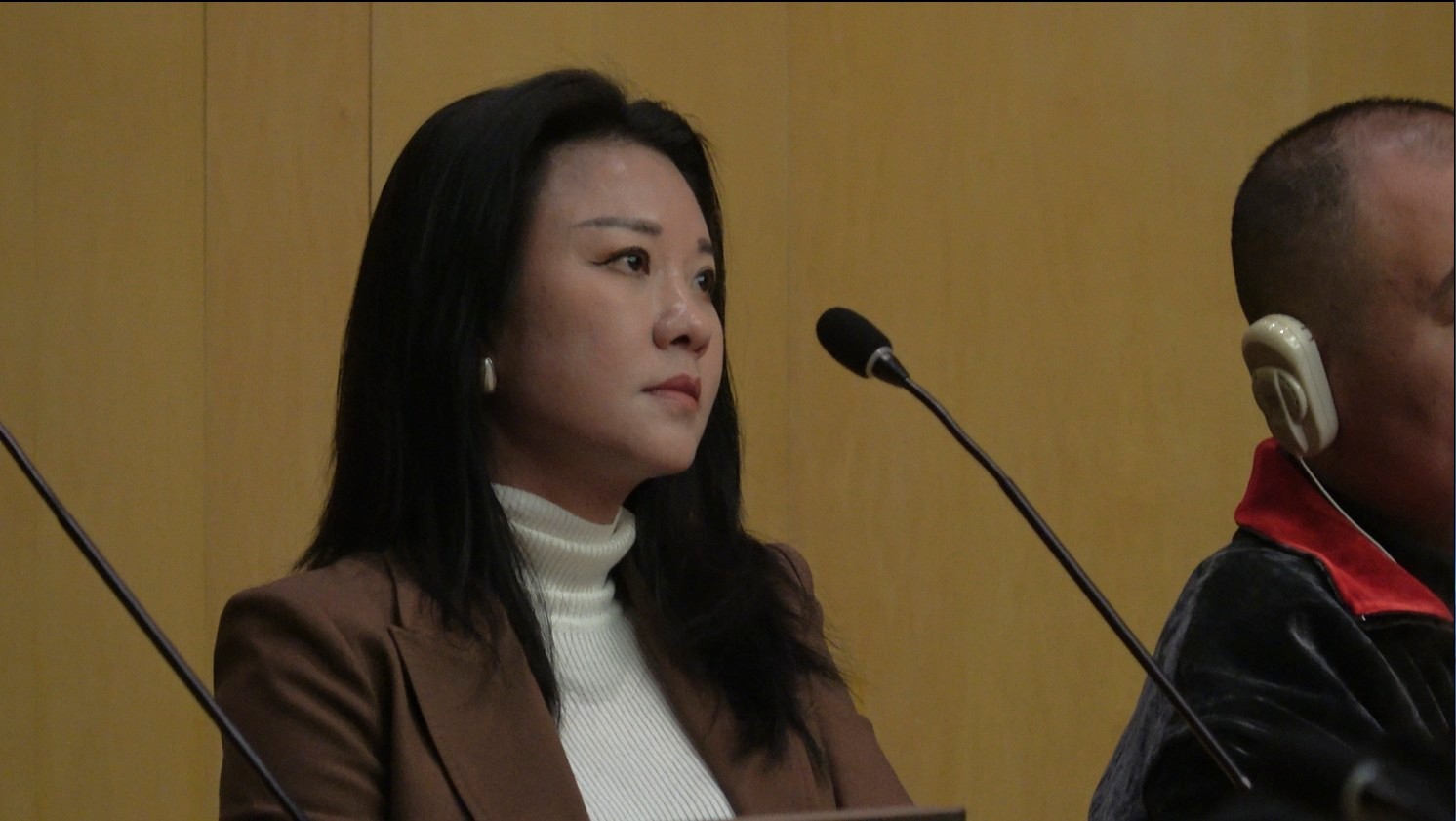
Special Guest Lineup: Cross-Disciplinary Insights Ignite New Climate Solutions
This conference welcomed a distinguished lineup of guests dedicated to spearheading future change. They included AIANY President Gregory T. Switzer, renowned artist Christine Corday, Lendlease Senior Vice President Layth Madi, CarbonBuilt's Head of Carbon Impact Cindy Mclaughlin, New York City Deputy Mayor's Office Chief Infrastructure Officer Alison Landry, and STV’s Director of Sustainable Design Lauren Alger. These guests shared their latest insights, innovations, and technological breakthroughs aimed at achieving the "net-zero cities" goal. Visionaries from the architecture and design sectors, such as Grimshaw Architects Chairman Andrew Whalley, also joined attendees from around the world to discuss advancing sustainable transformation in the built environment.
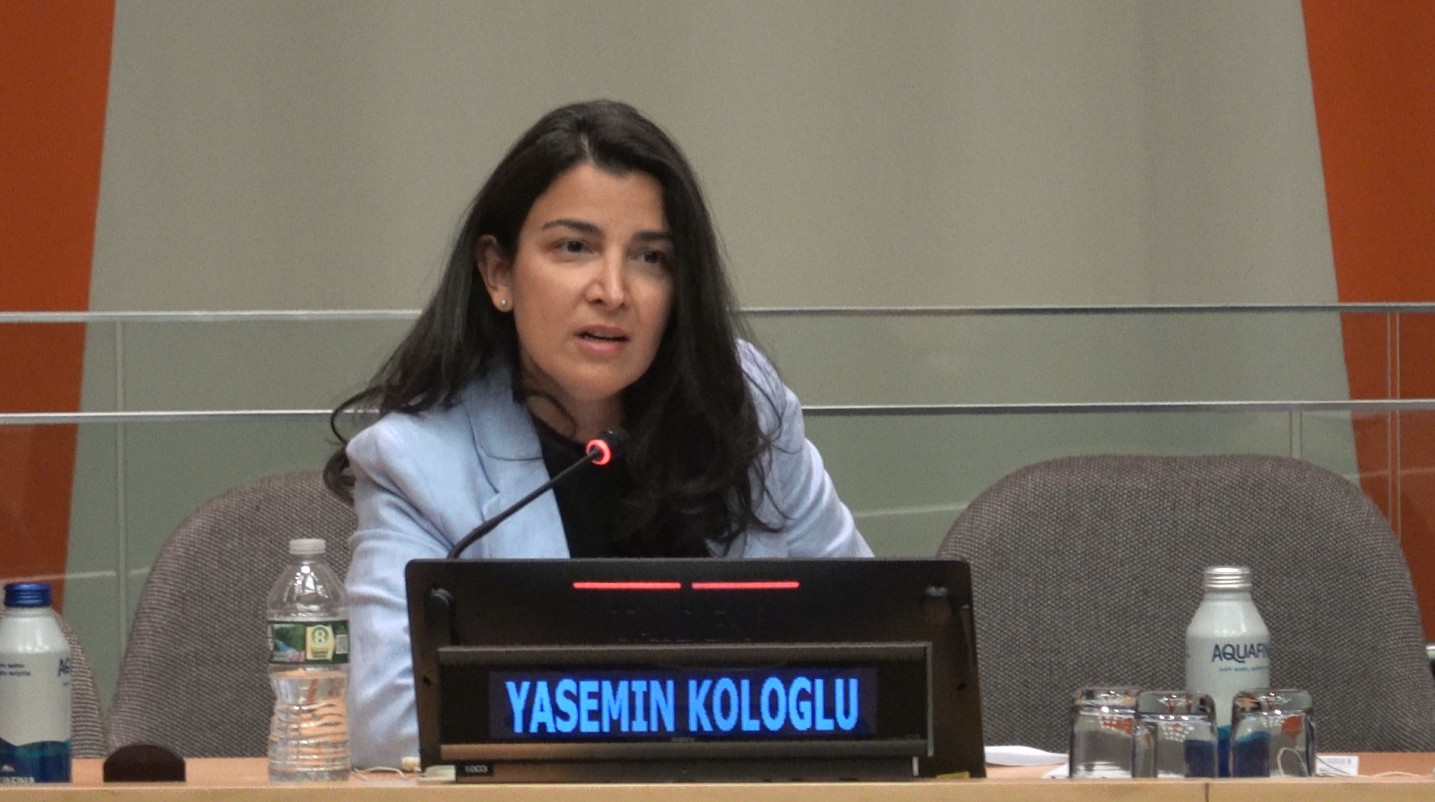
The core discussions at this conference centered on integrating technological innovation with design concepts to drive the realization of zero-carbon cities. In the first and second panel discussions, the speakers presented a forward-looking array of low-carbon technologies, material innovations, and design strategies, aiming to reduce the carbon footprint in urban and built environments through multi-dimensional solutions.
The presentations covered a range of topics, from the application of new low-carbon systems and resilience measures to the development of social infrastructure under public-private partnerships, providing practical solutions to the environmental challenges faced in urbanization. Additionally, the speakers explored ways to incorporate renewable and bio-based materials into architectural design, aiming to reduce embodied carbon emissions through a blend of traditional and modern technologies, fostering sustainable development in the built environment.
Through this exchange, attendees gained comprehensive insights into achieving net-zero goals across various facets of urban planning and architectural design, offering a clear blueprint for building the zero-carbon cities of the future.
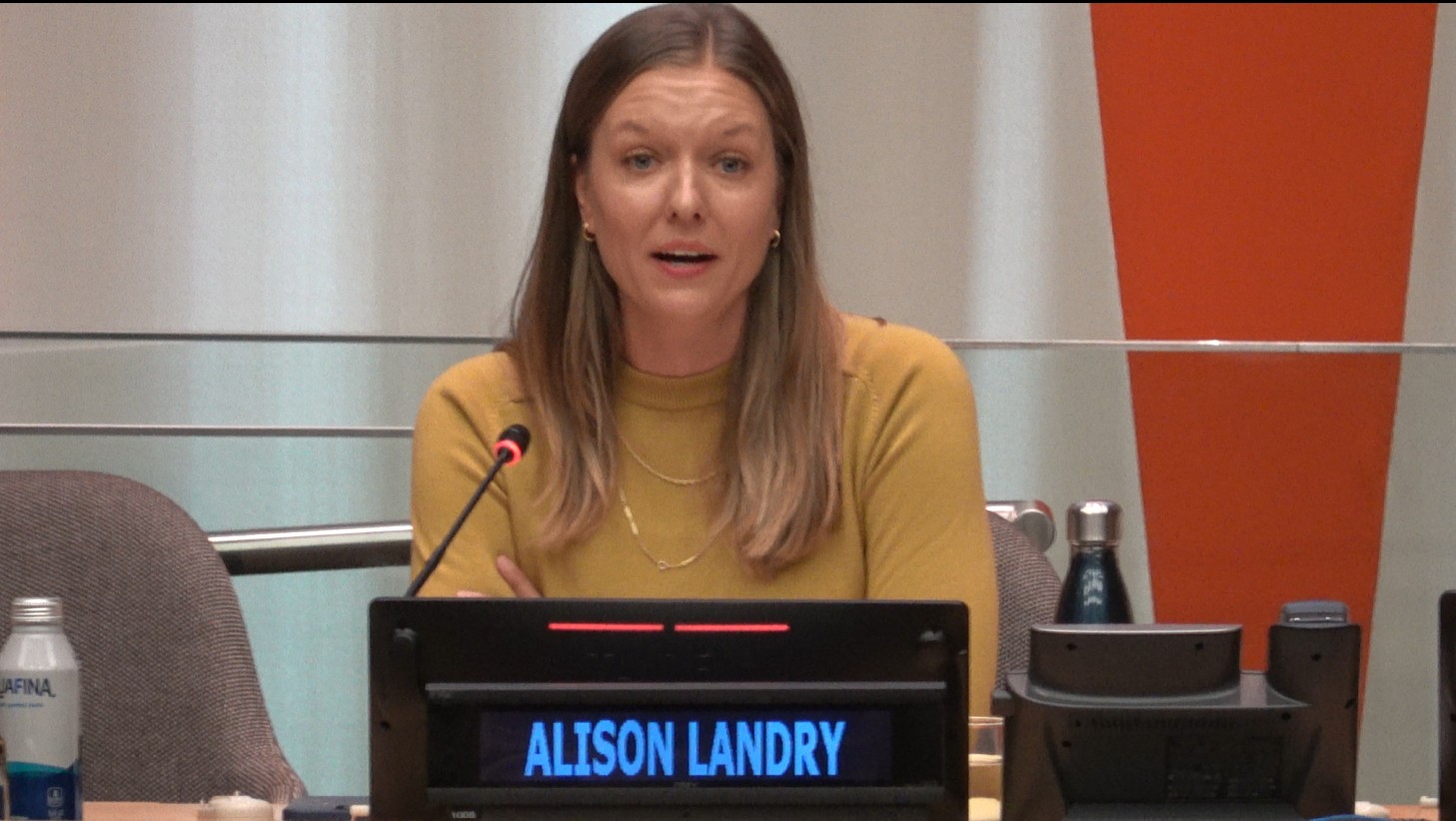
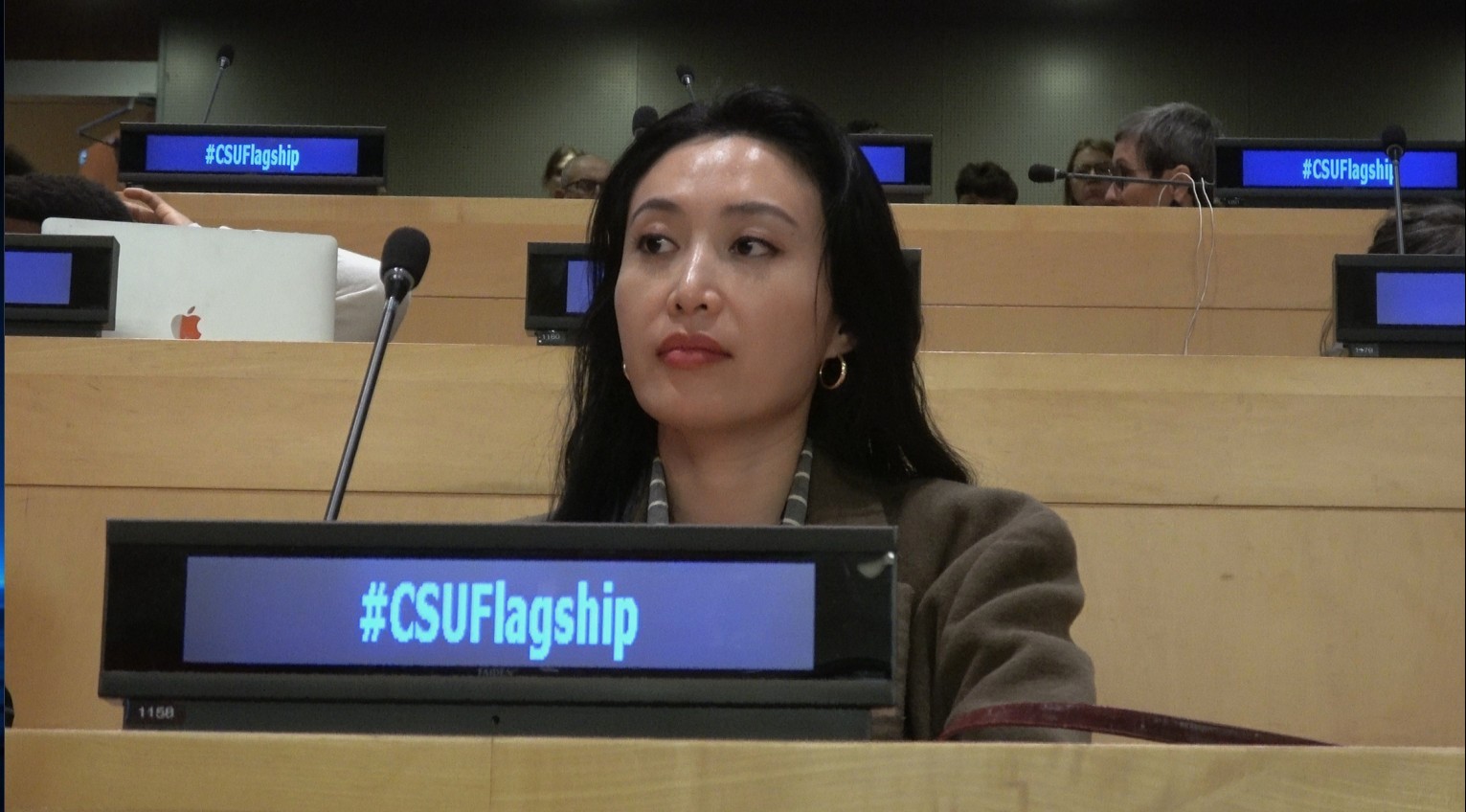
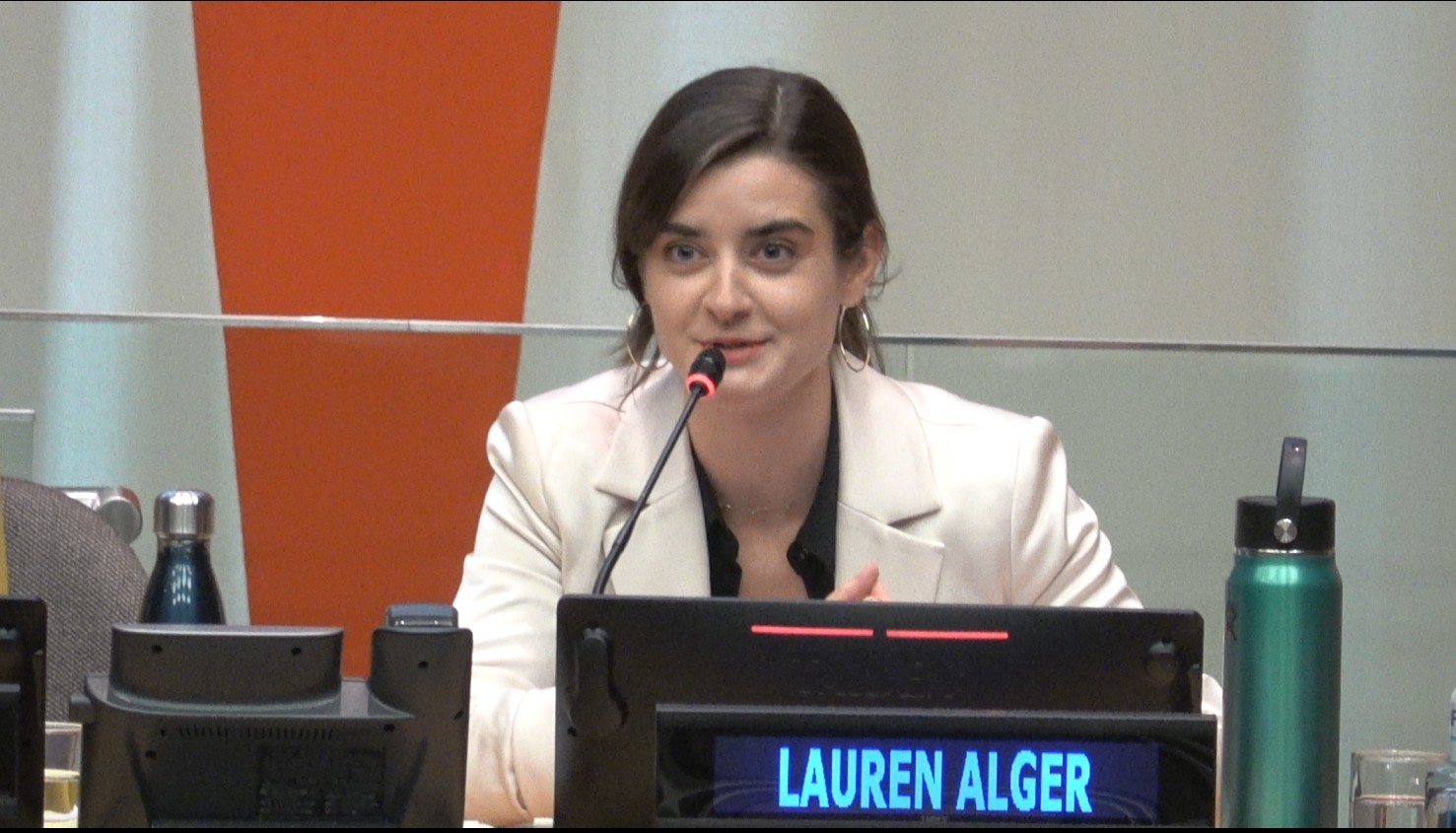

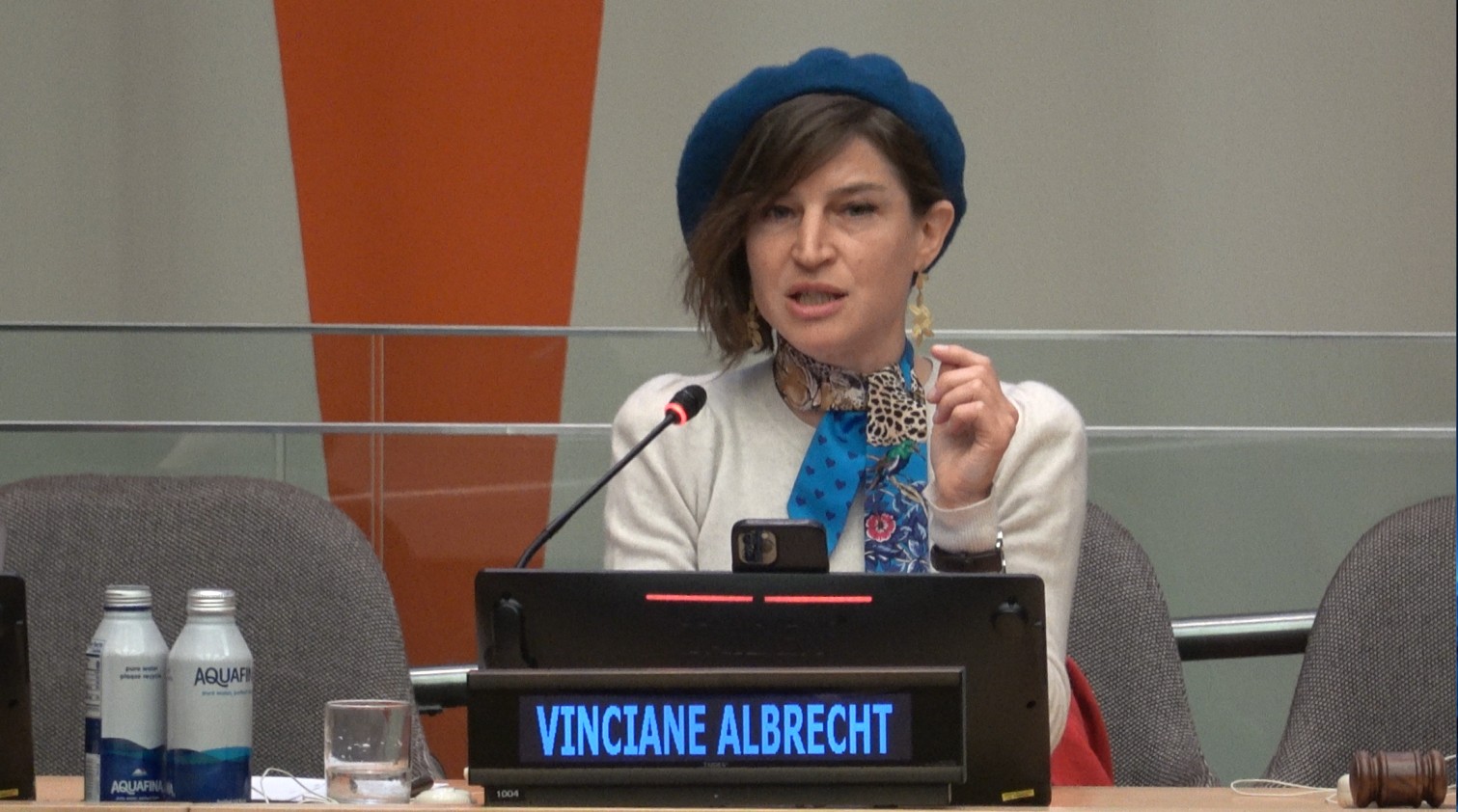
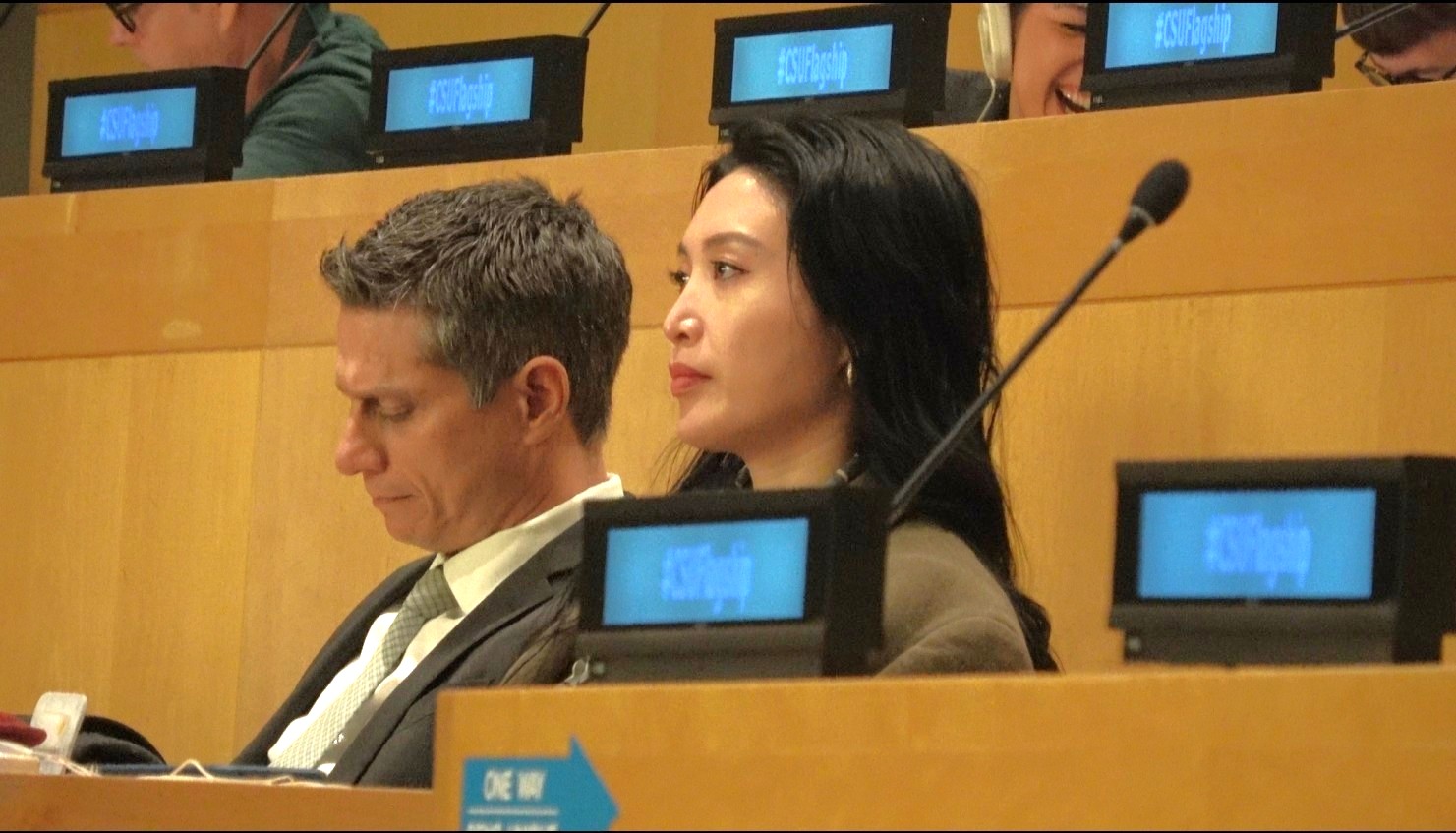
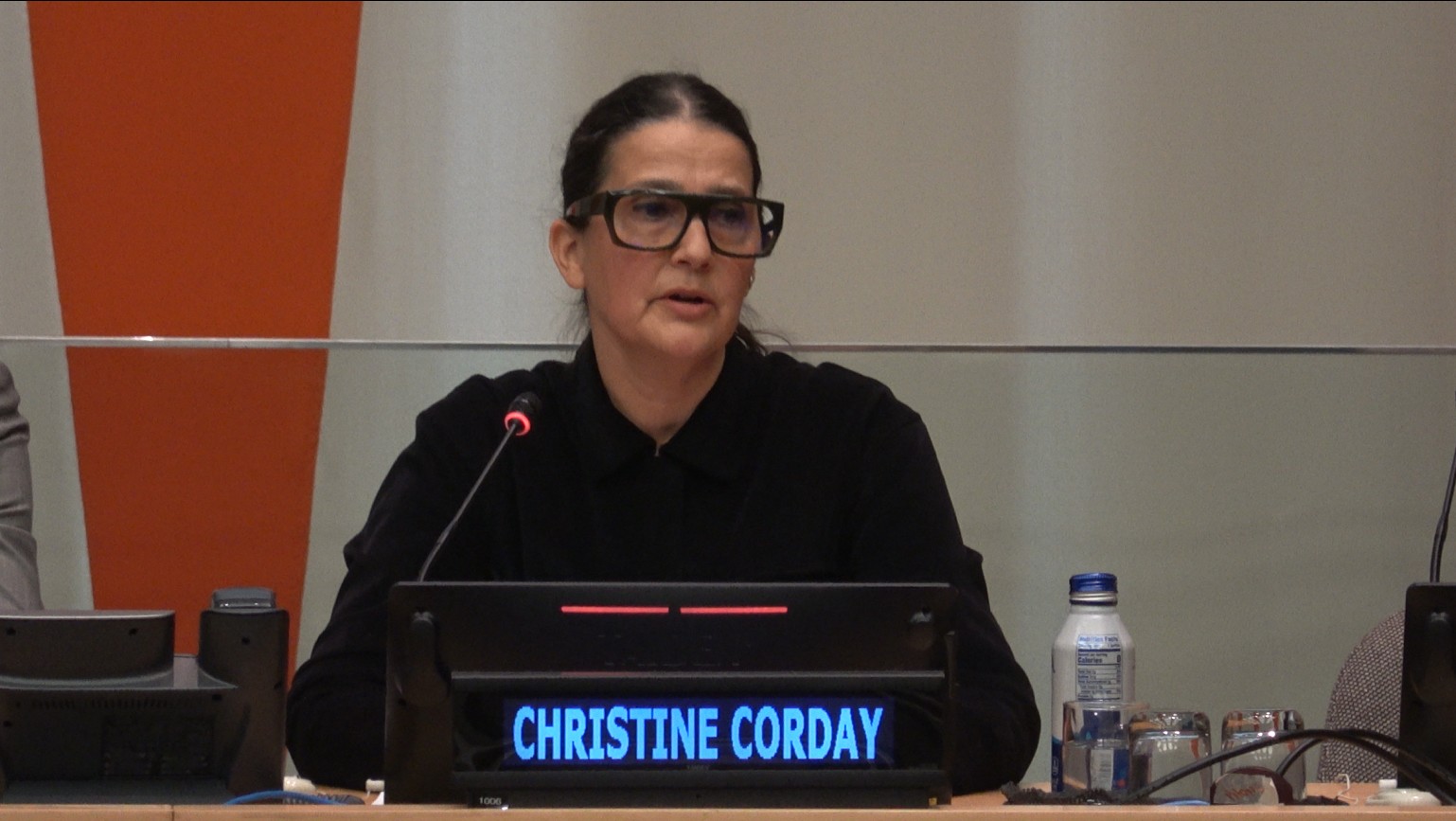
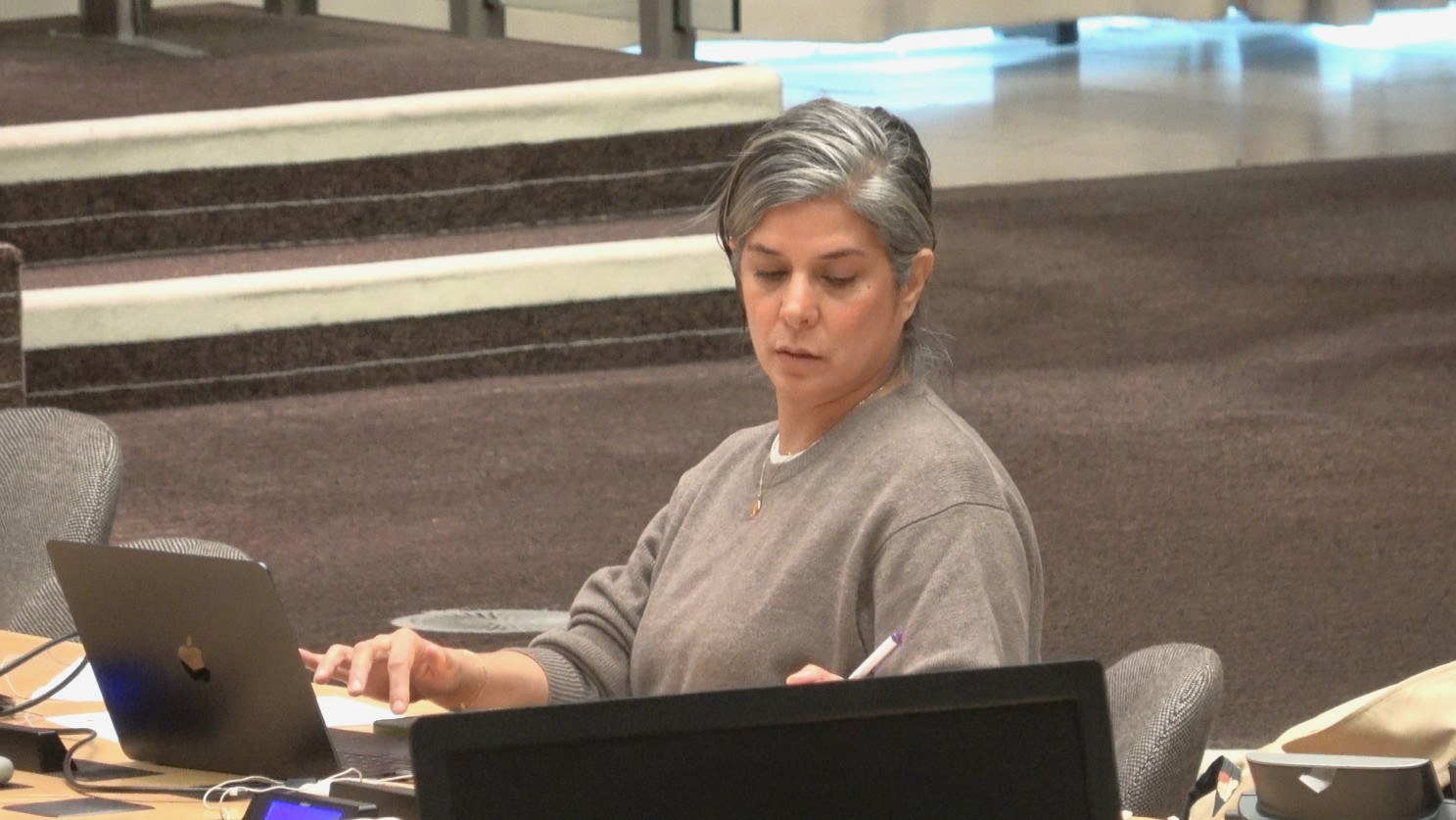
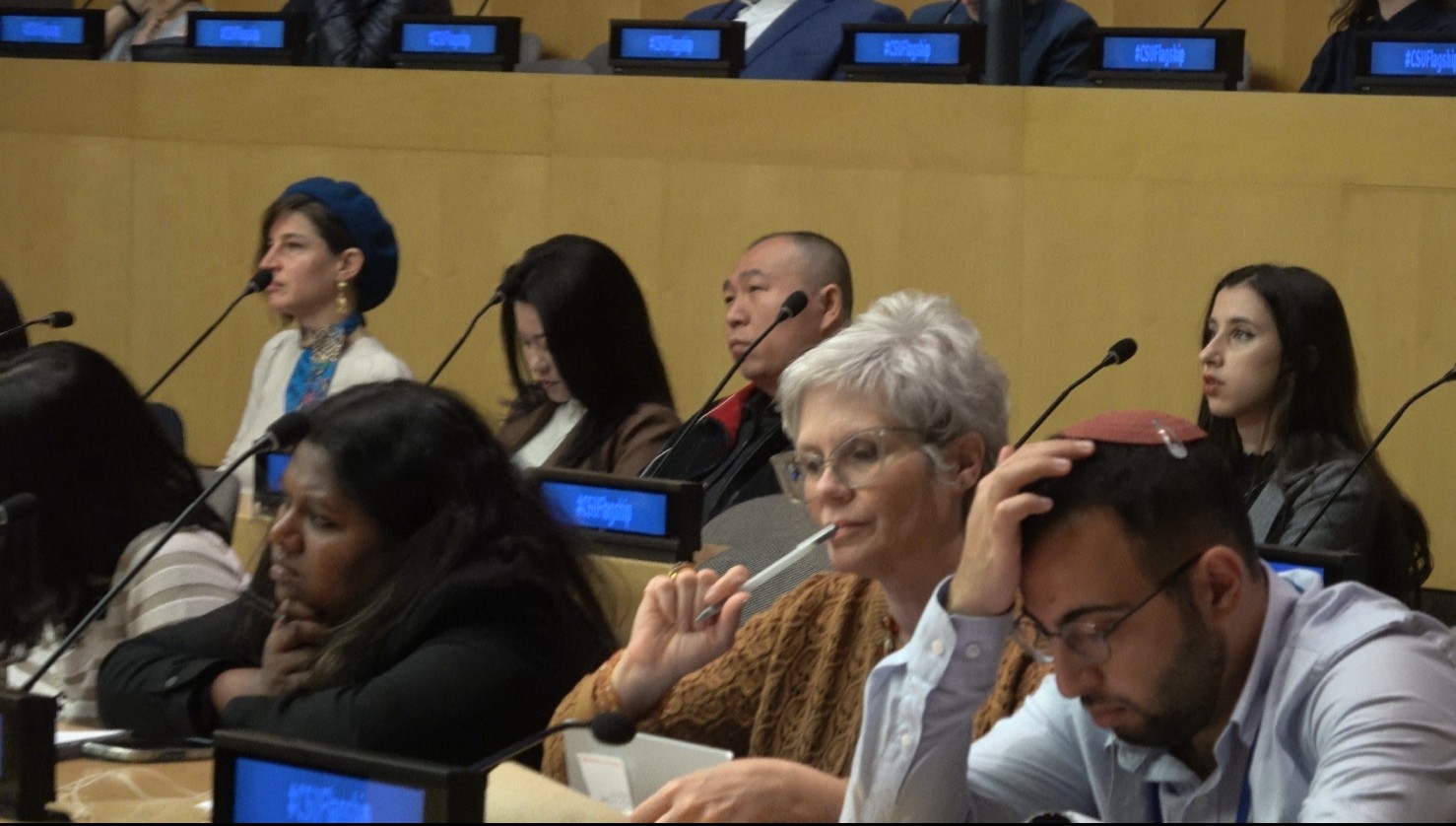

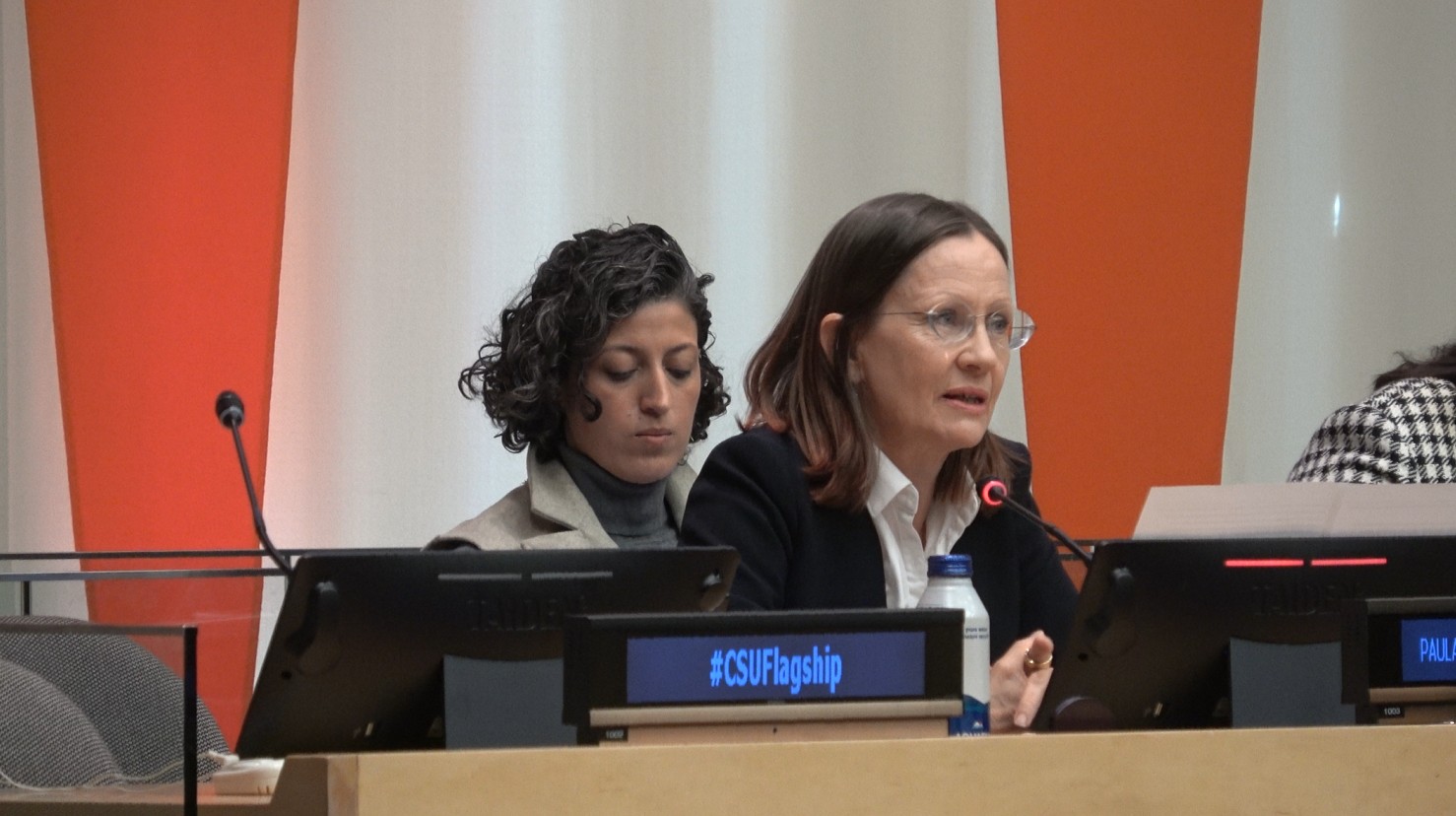
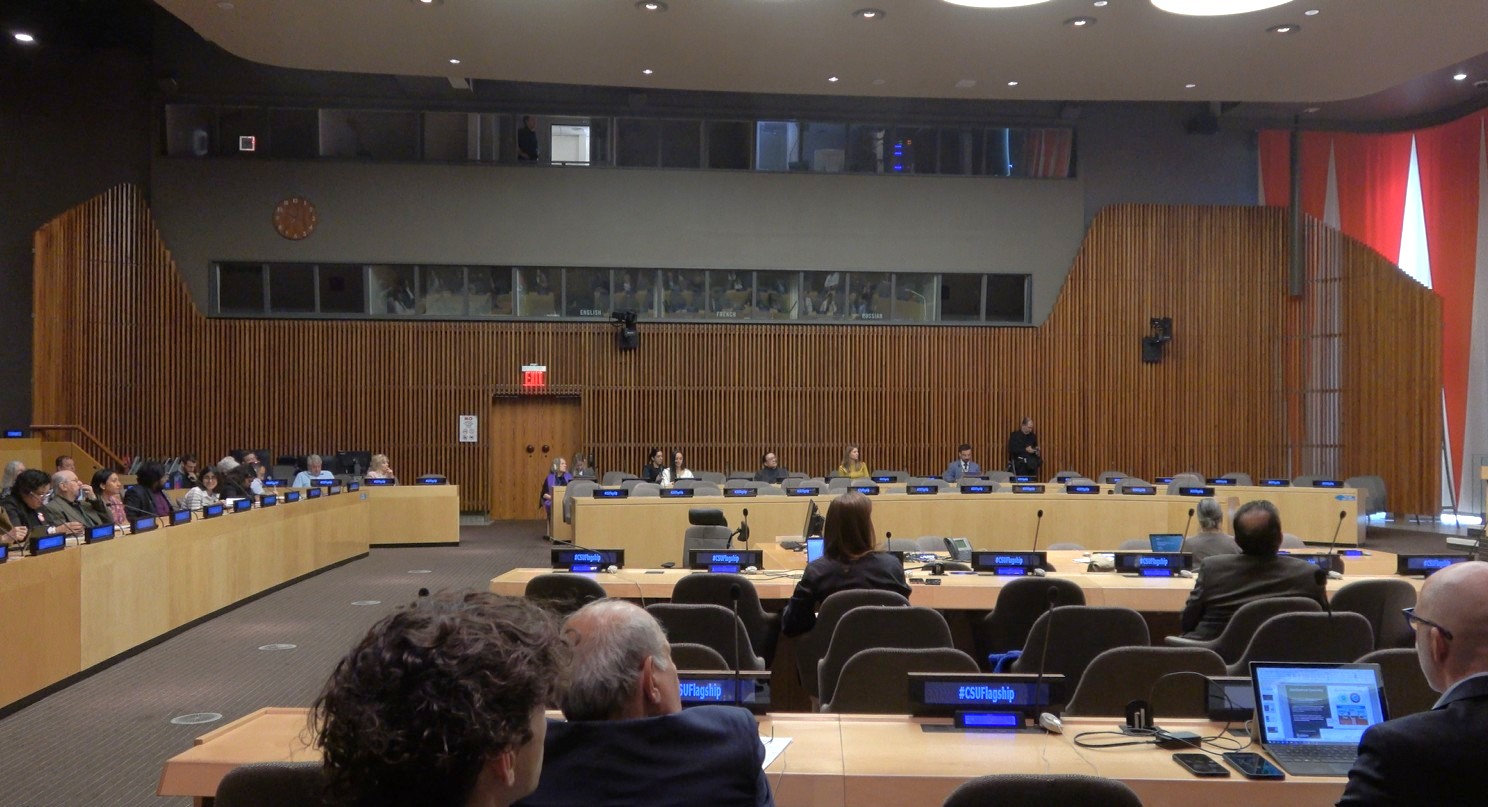
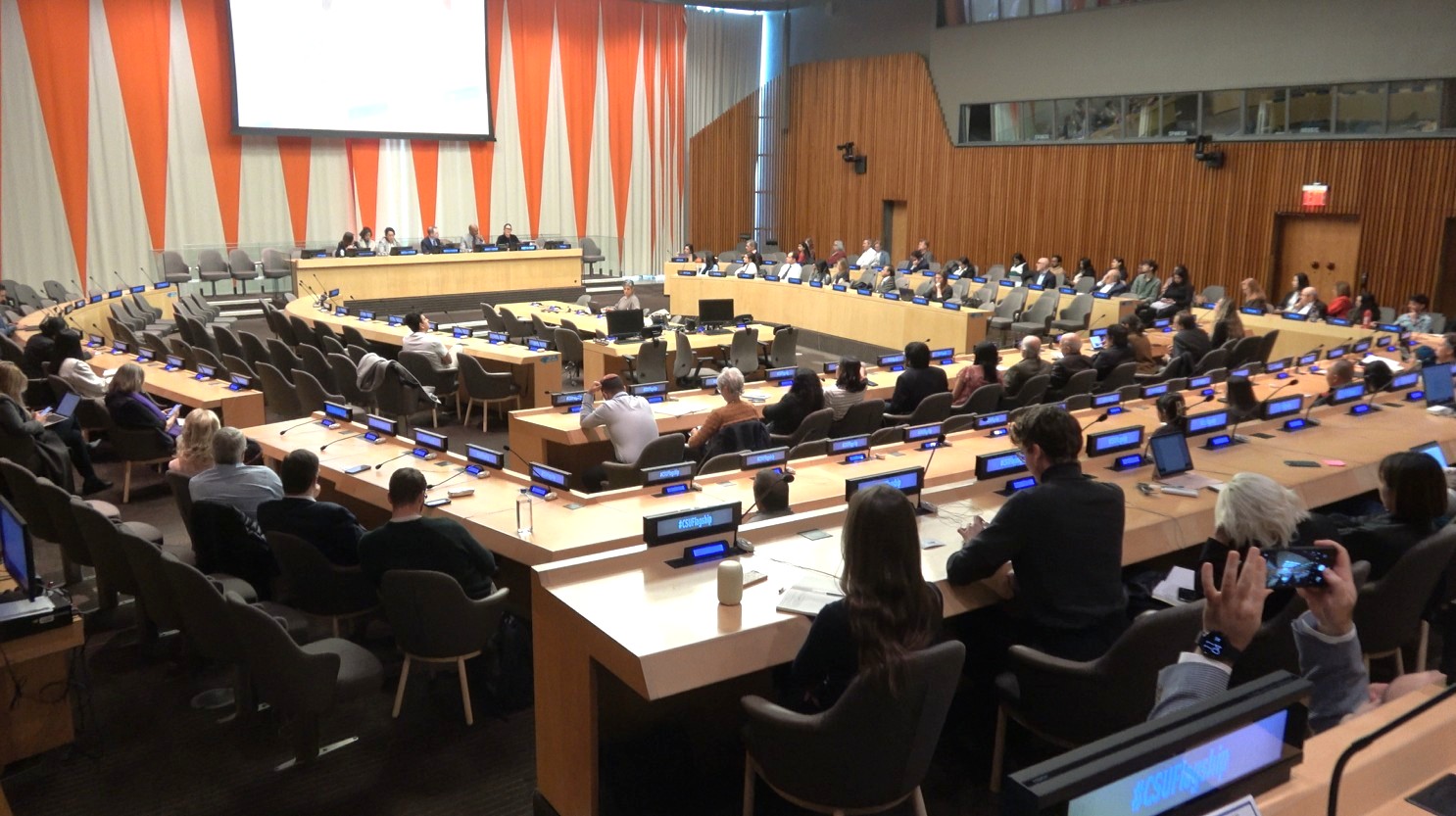
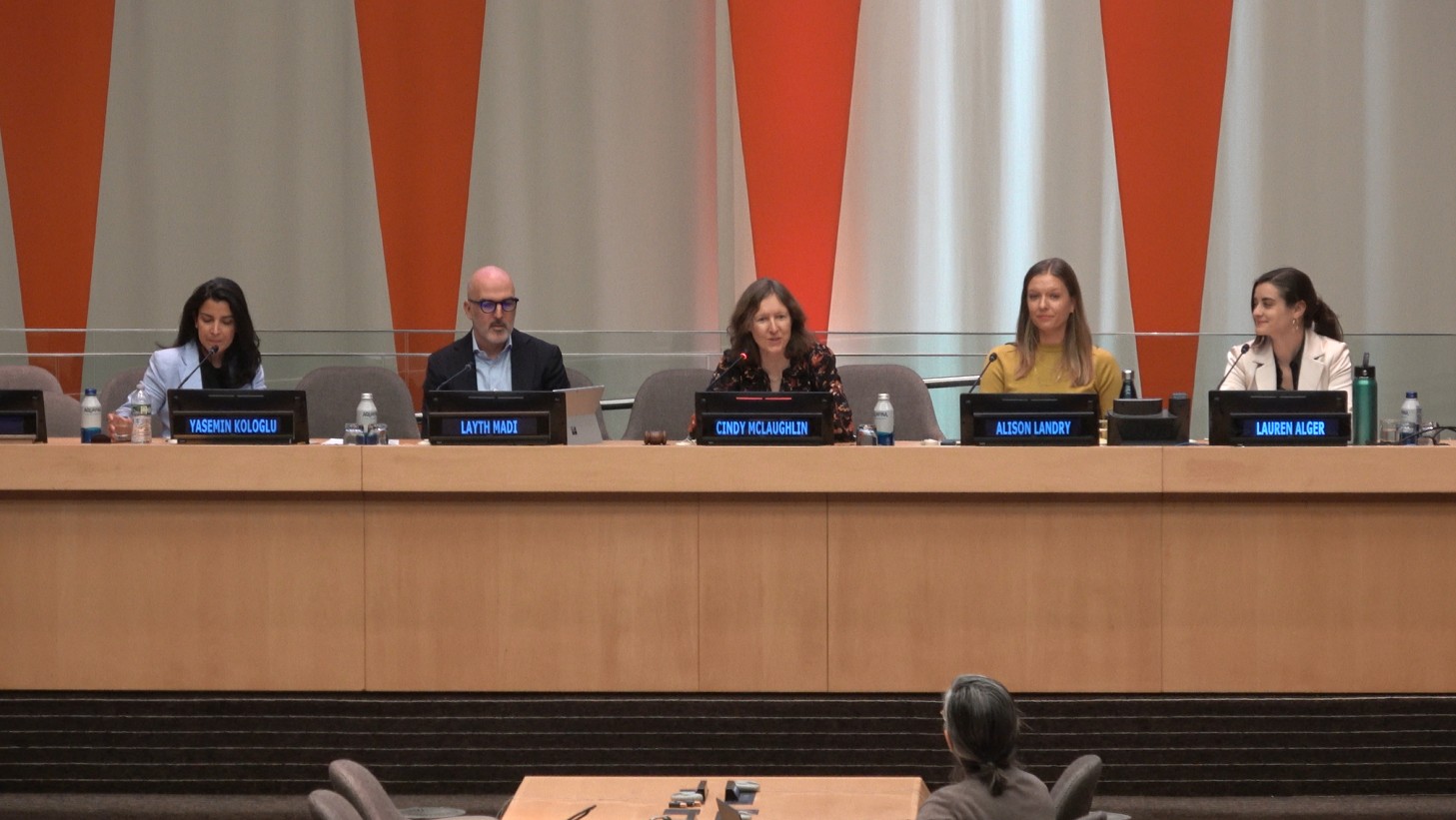
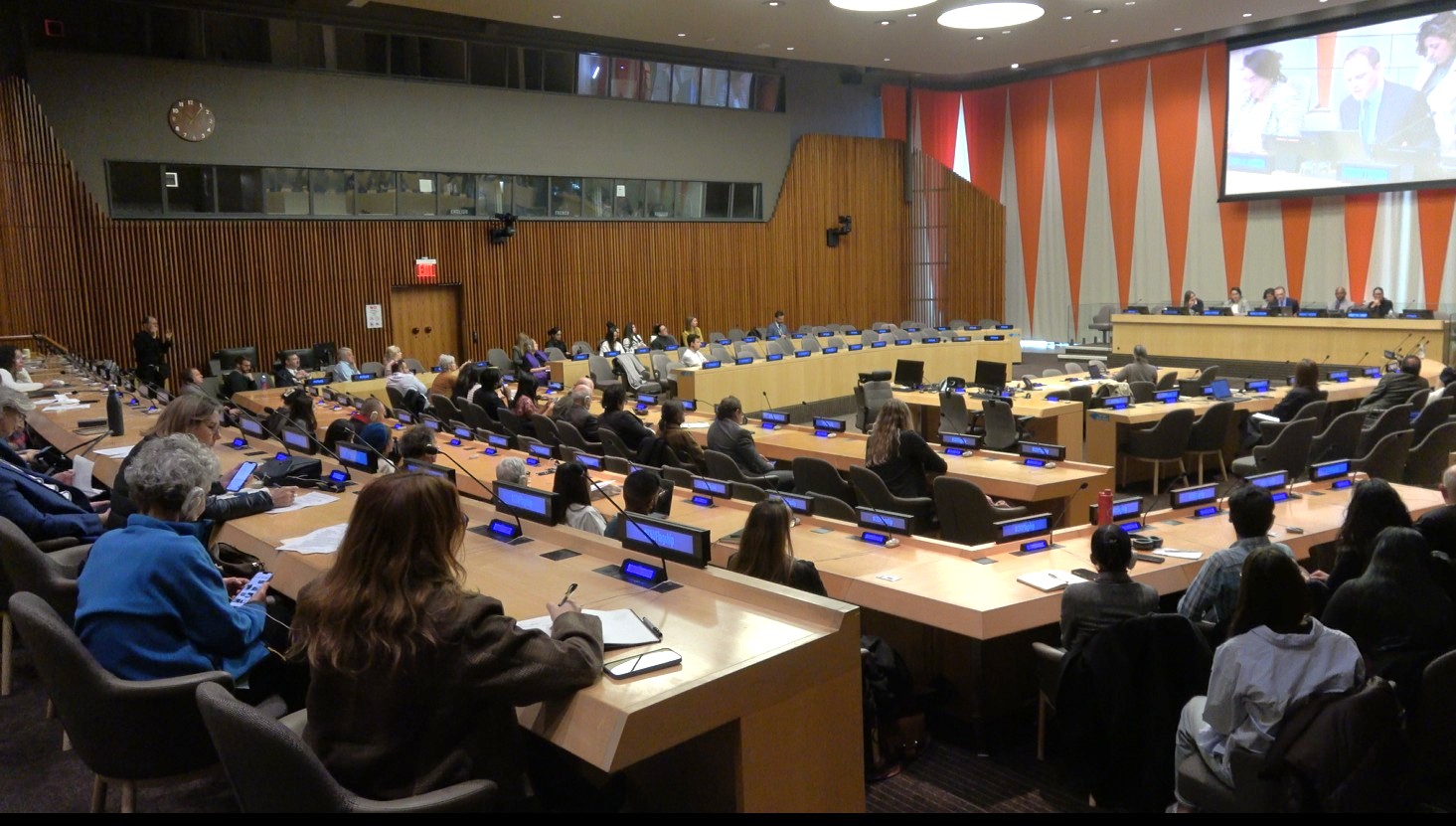
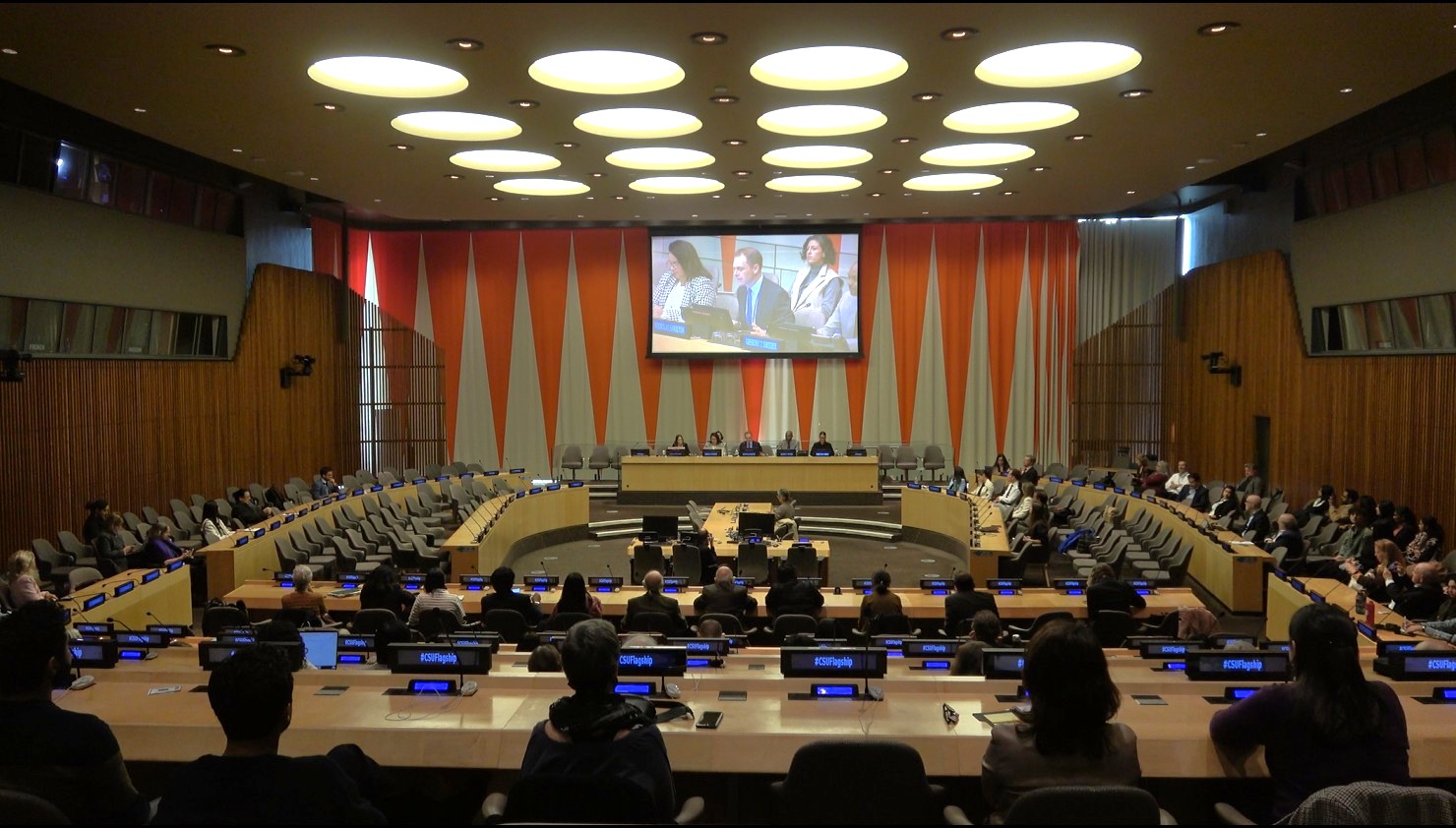
Local Climate Action from a United Nations Perspective
Amid the growing prominence of global climate issues, the participation of UN-Habitat and His Excellency Carlos Amorín, Uruguay's Permanent Representative to the United Nations, underscores the international community's deep commitment to sustainable urbanization. This conference serves not only as a critical platform for exploring paths to "net-zero" but also as an opportunity to infuse global climate action with renewed confidence and energy.
In an era of climate crisis, today’s discussions at the United Nations Headquarters in New York have illuminated future directions for urban design, architectural innovation, and public policy, advancing the implementation of global climate goals through localized actions.
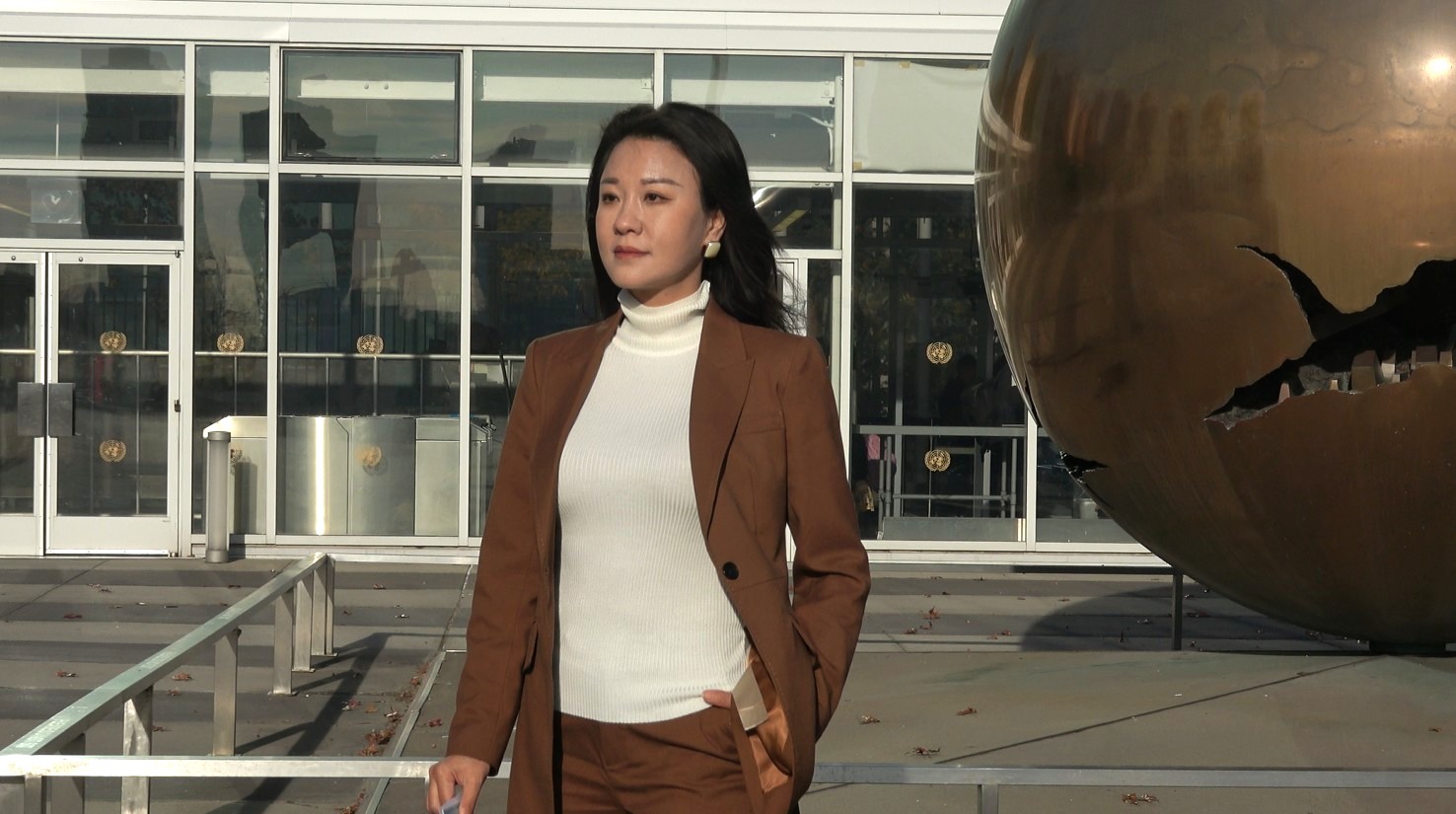
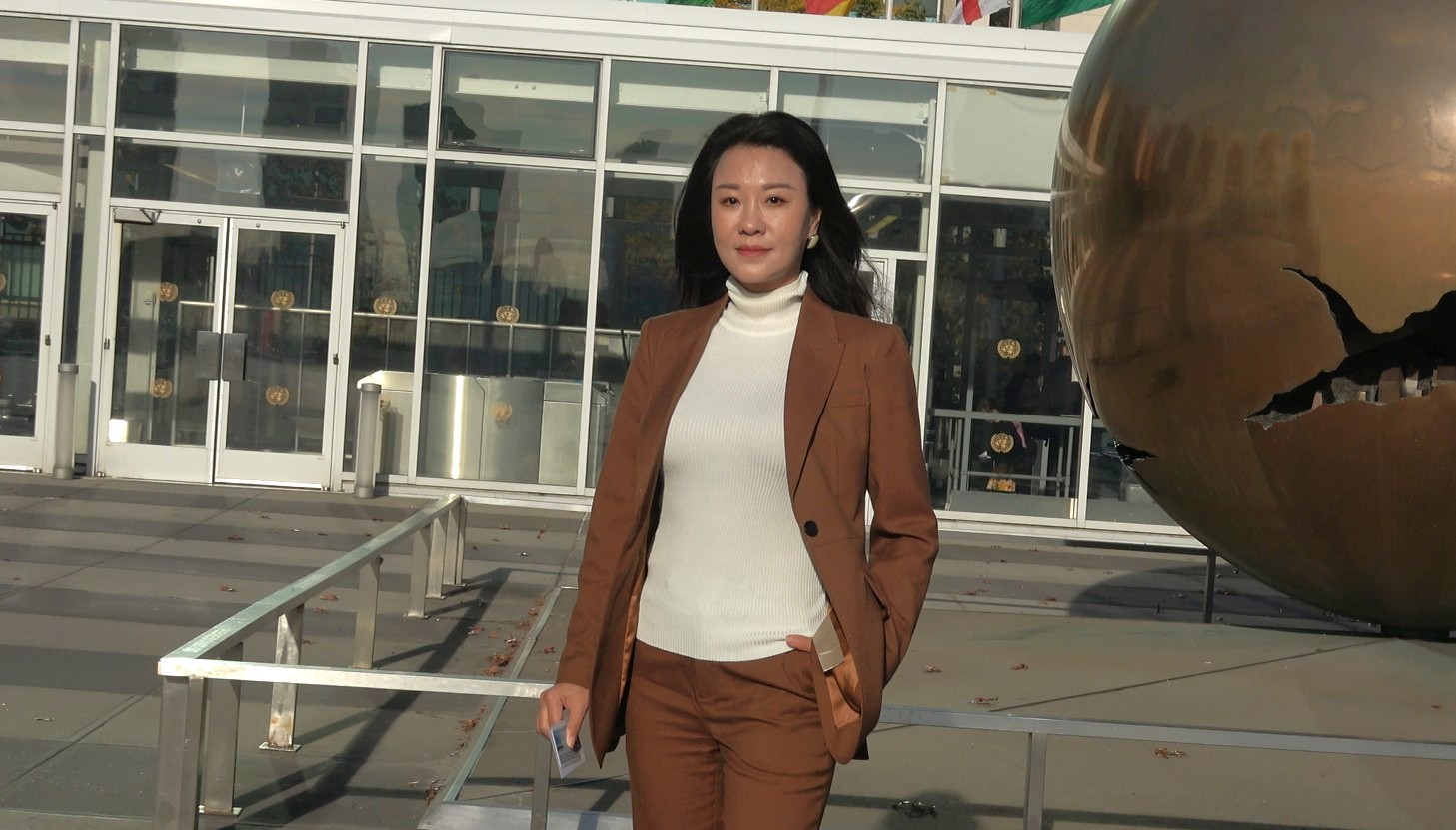
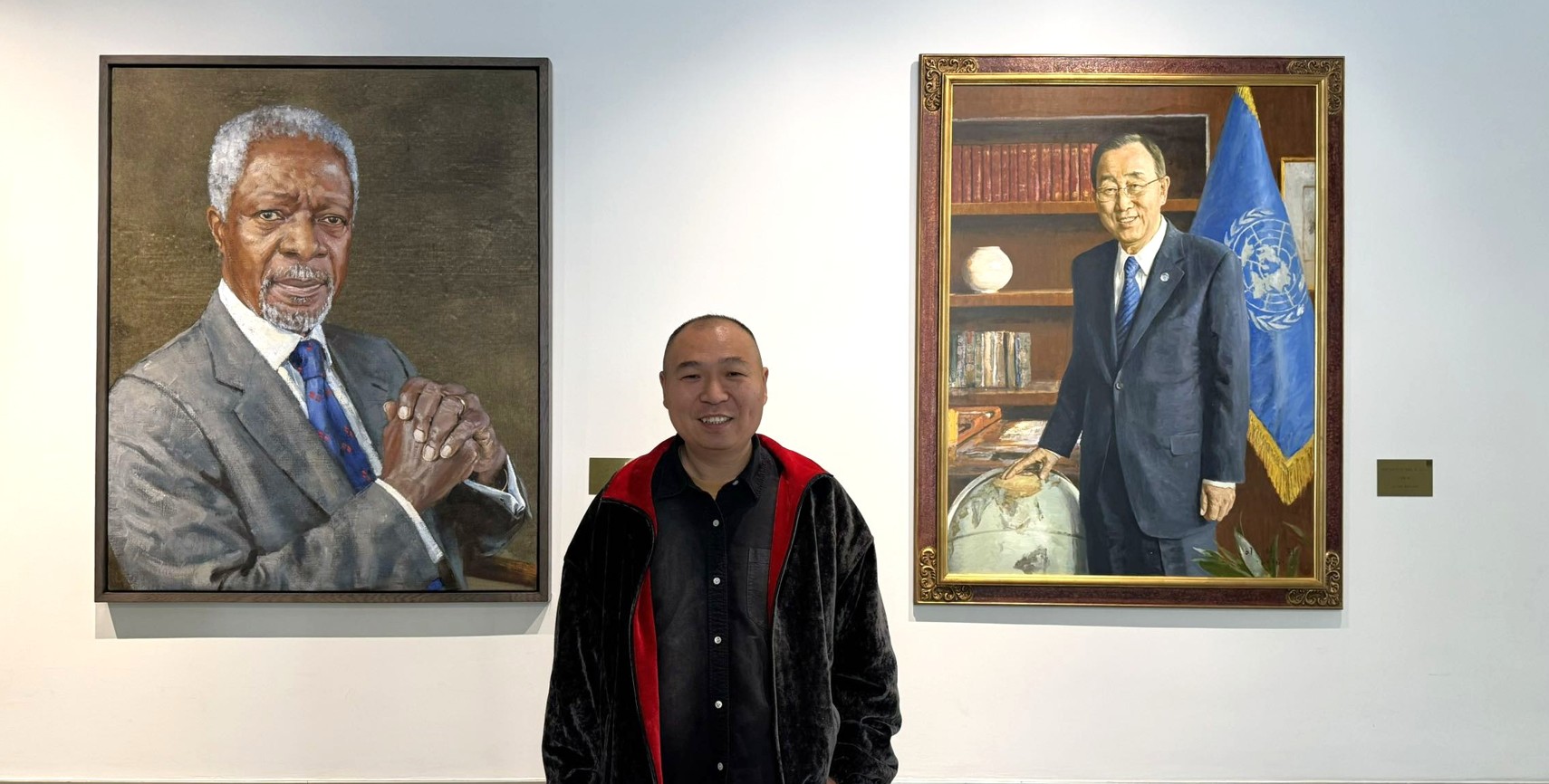
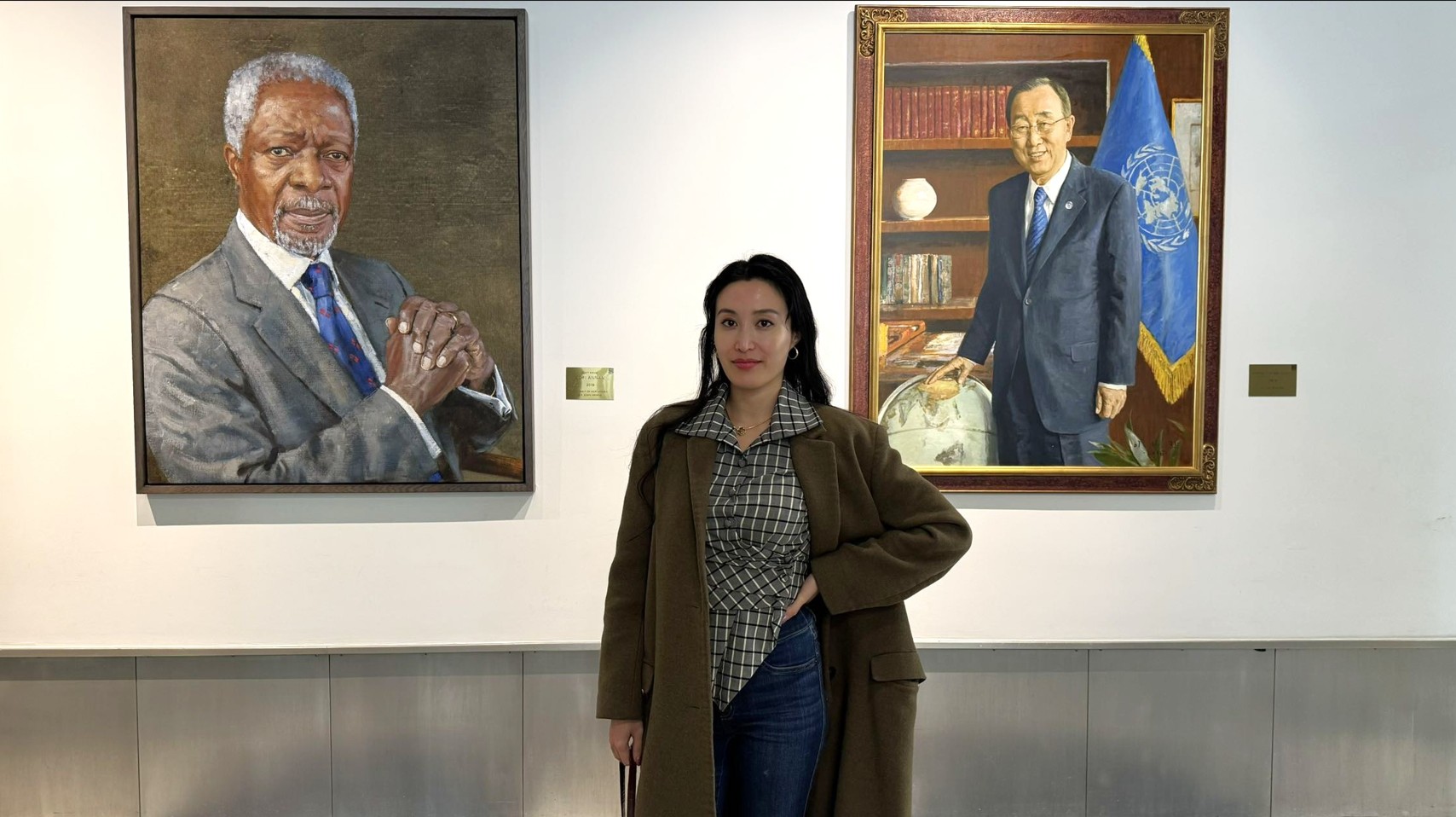
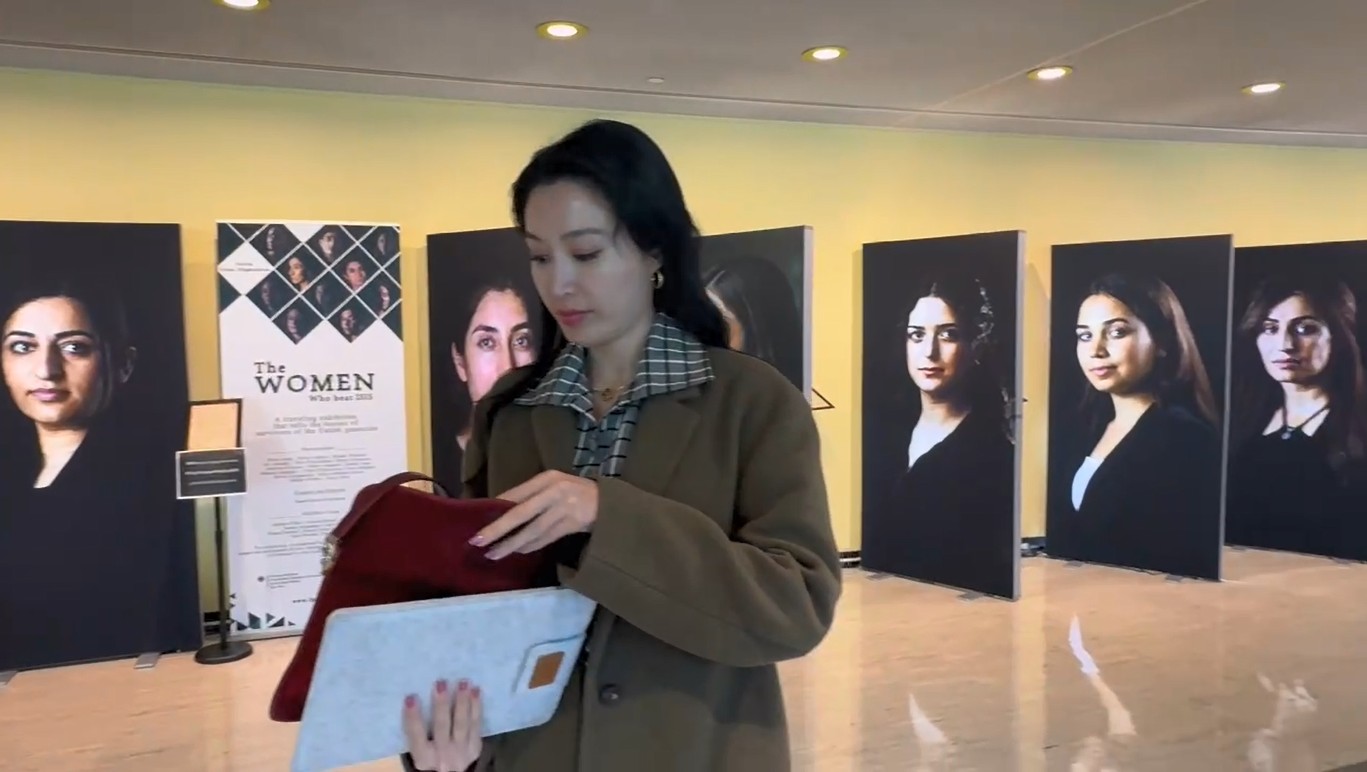
 Celebrity Media TV
Celebrity Media TV

